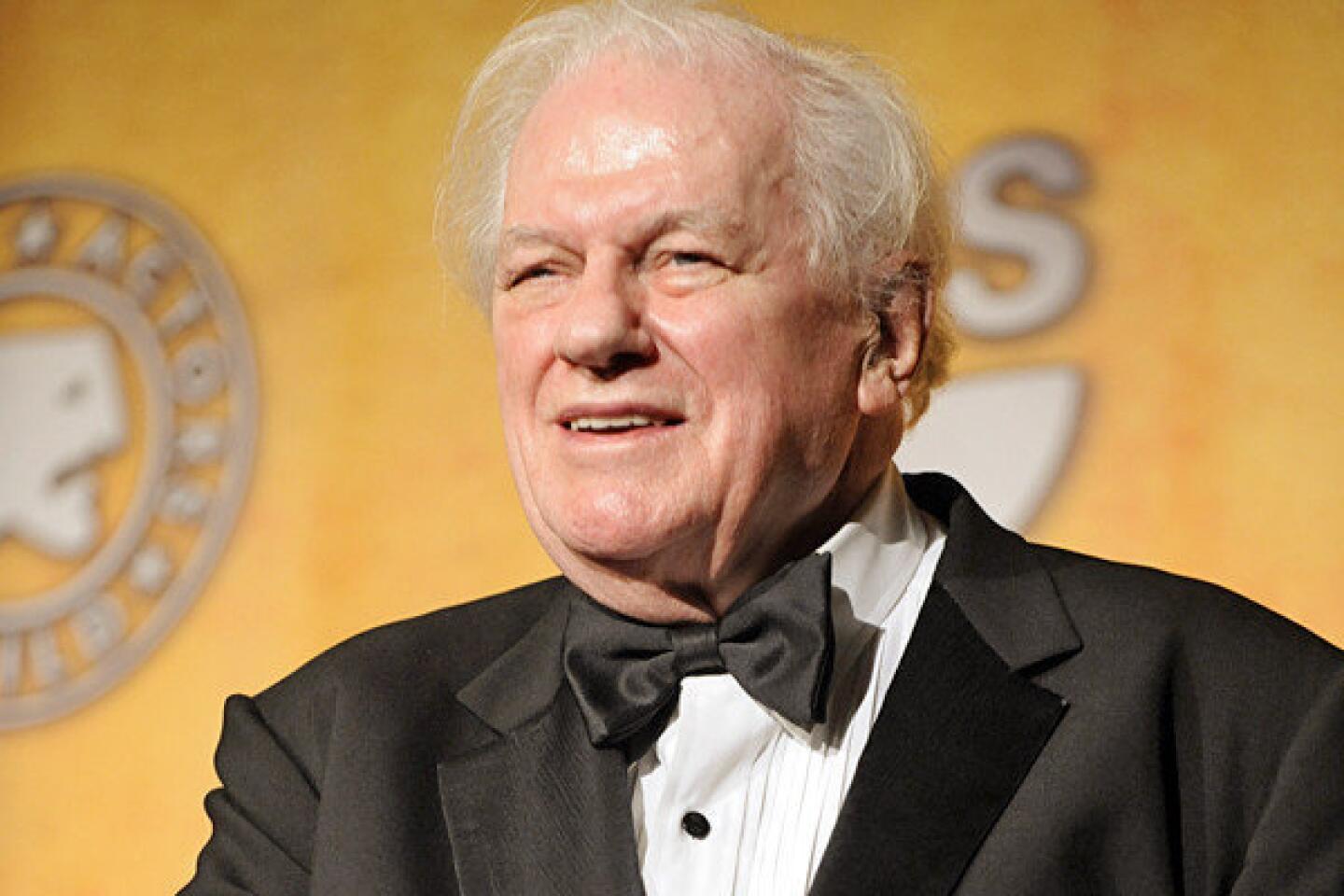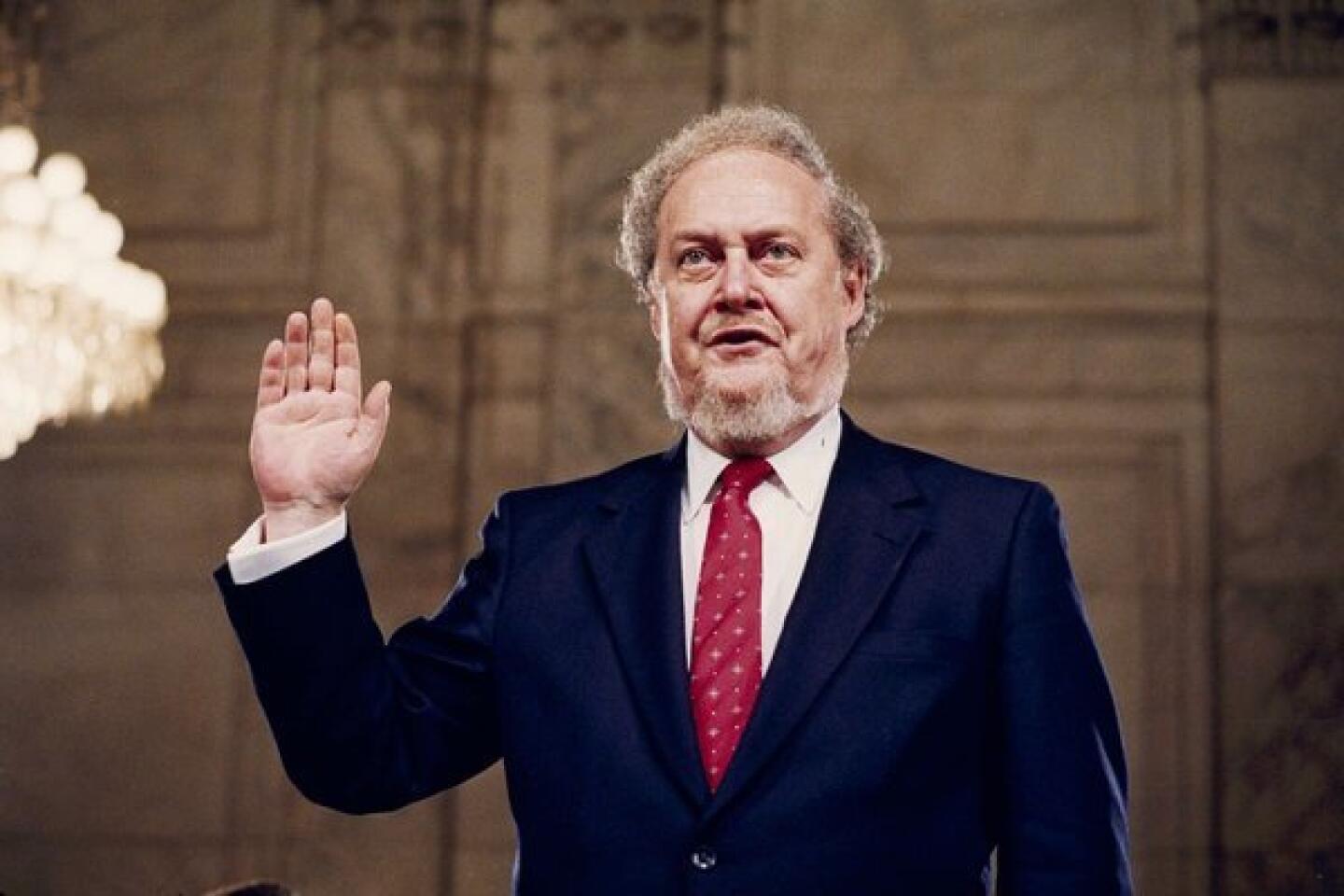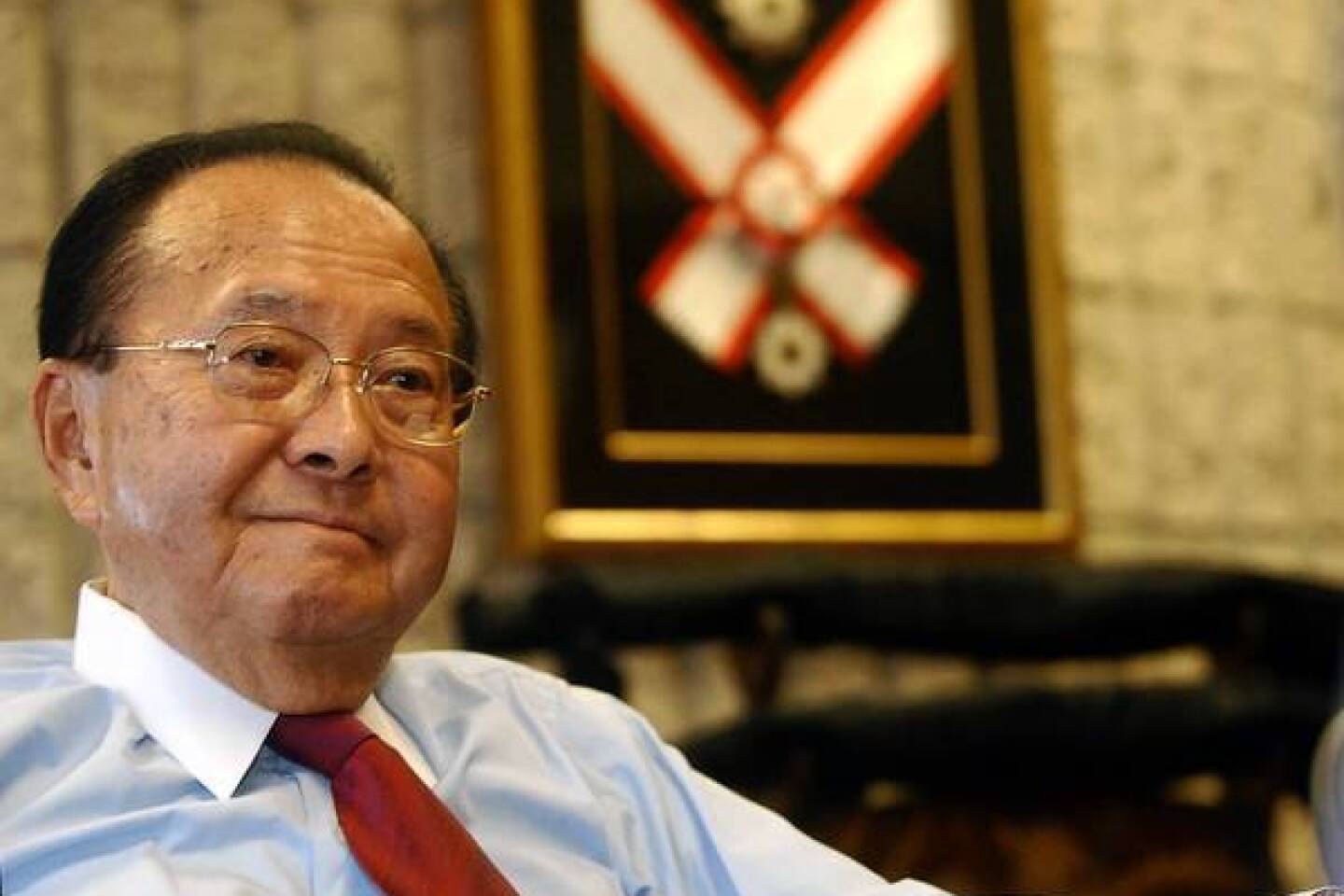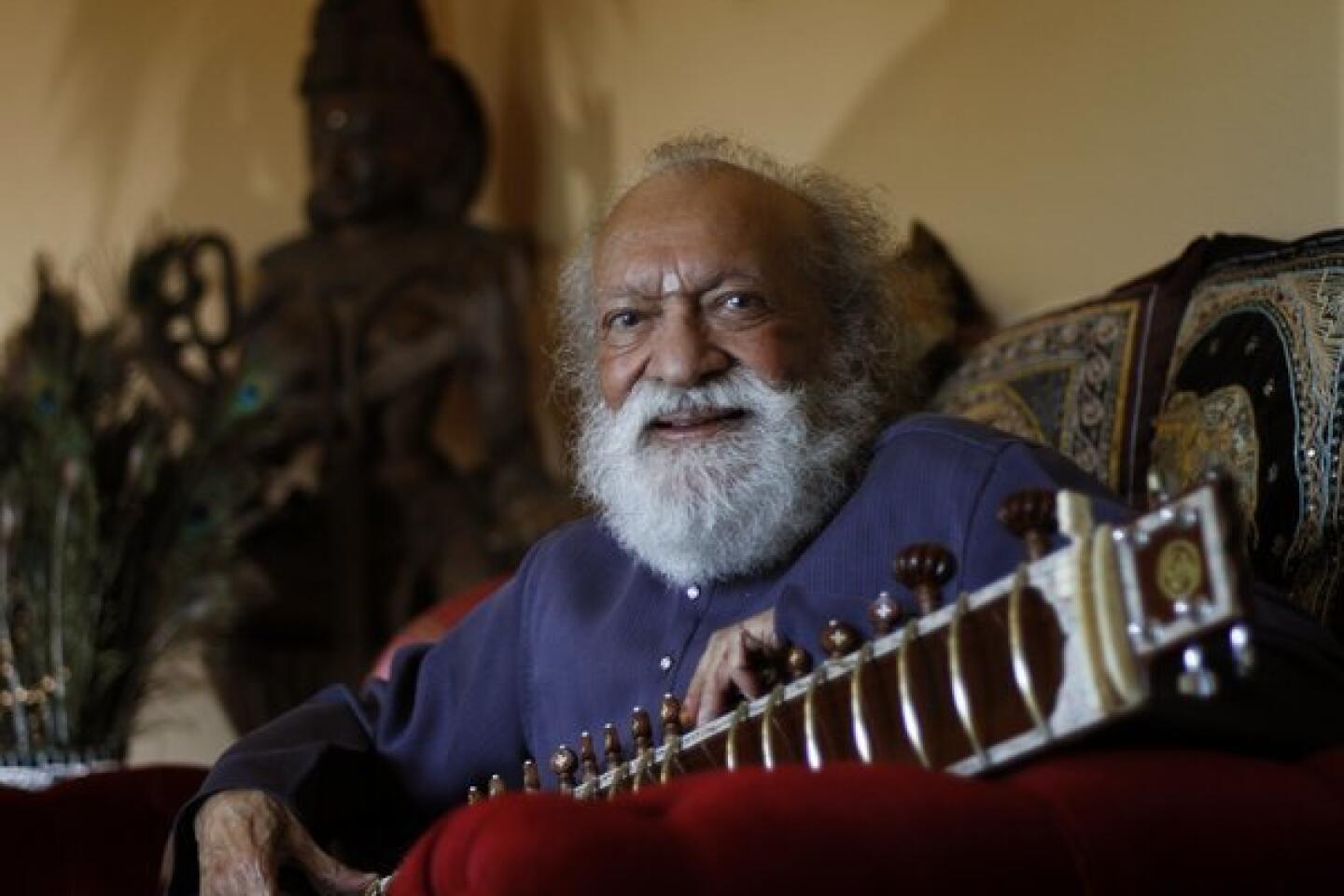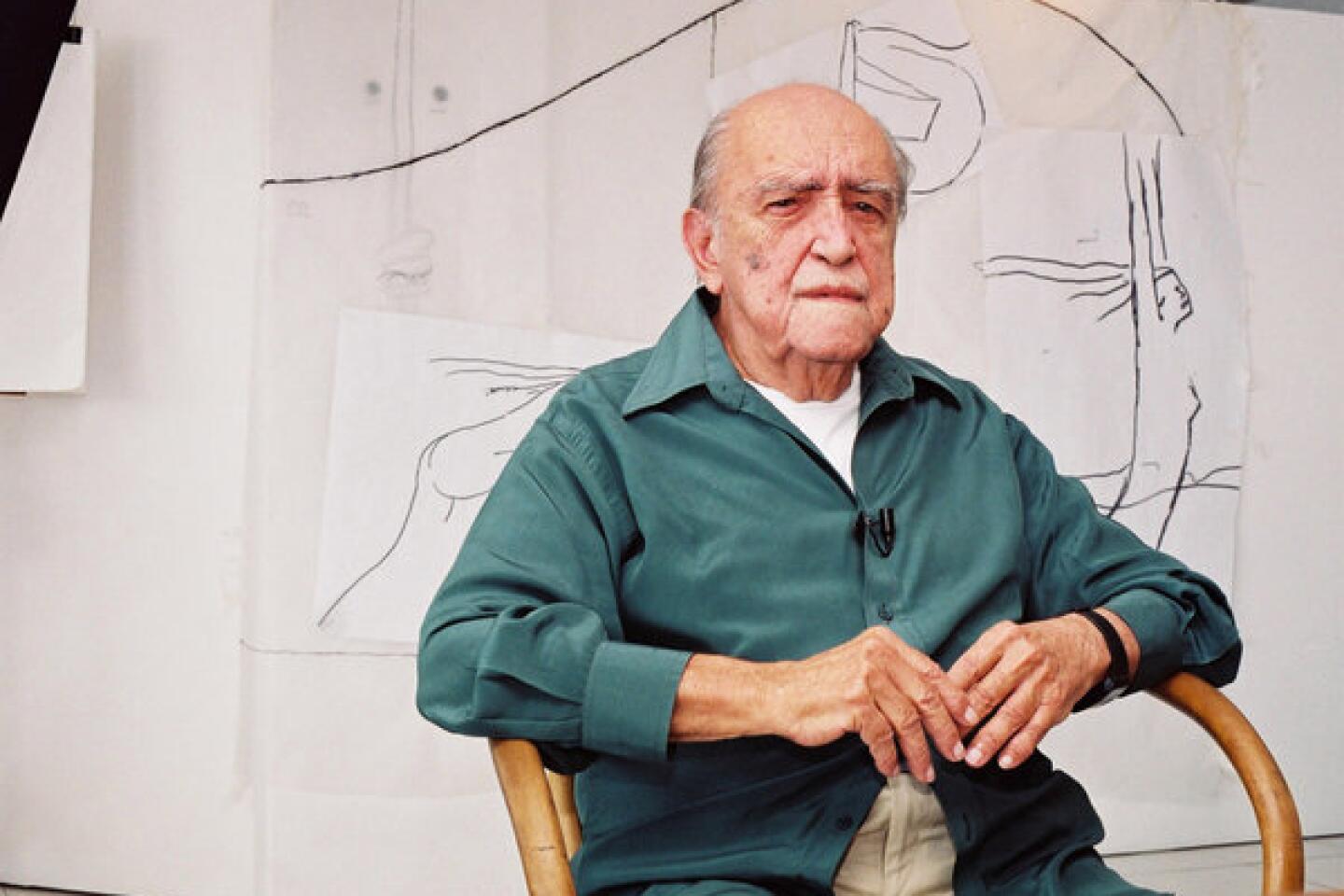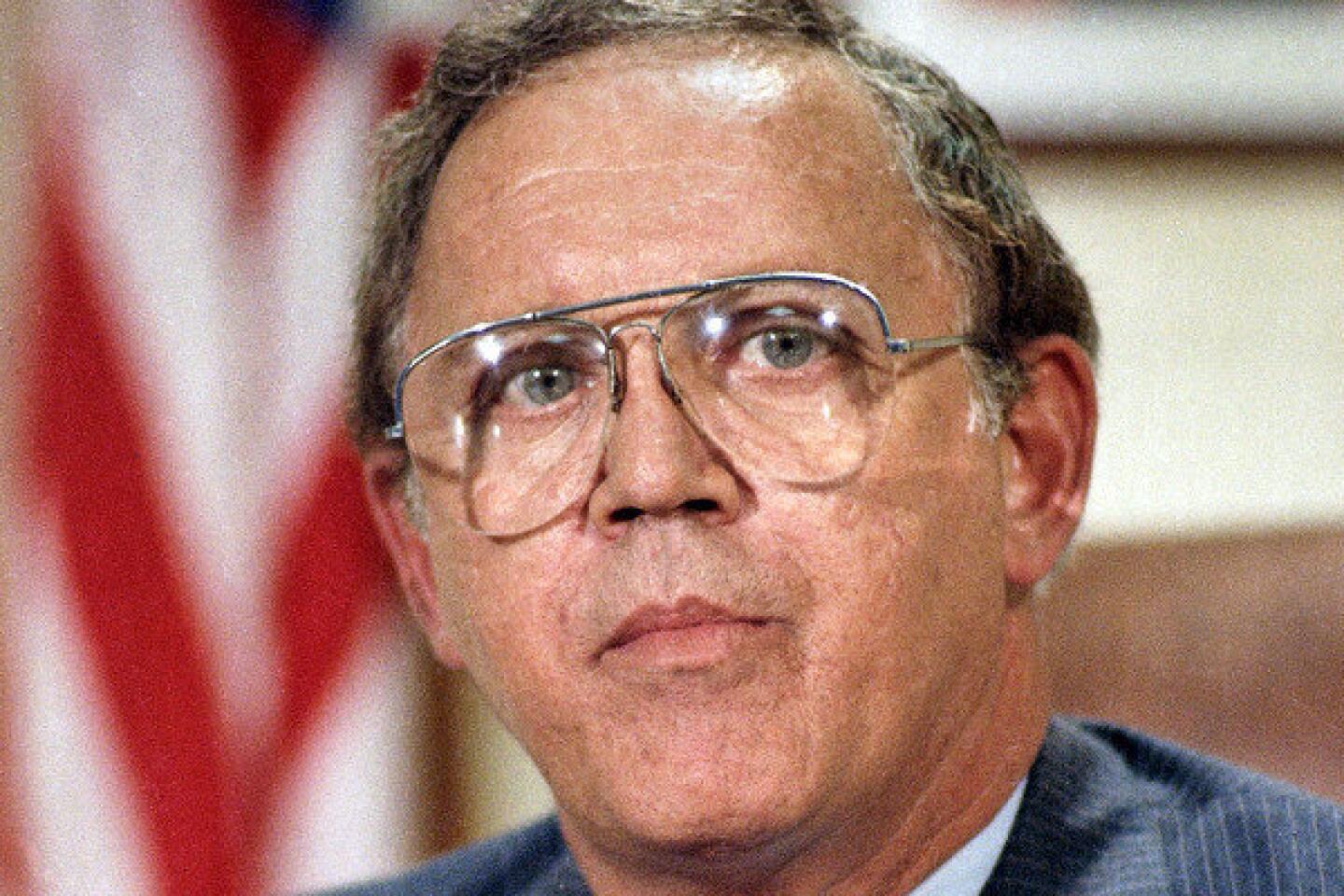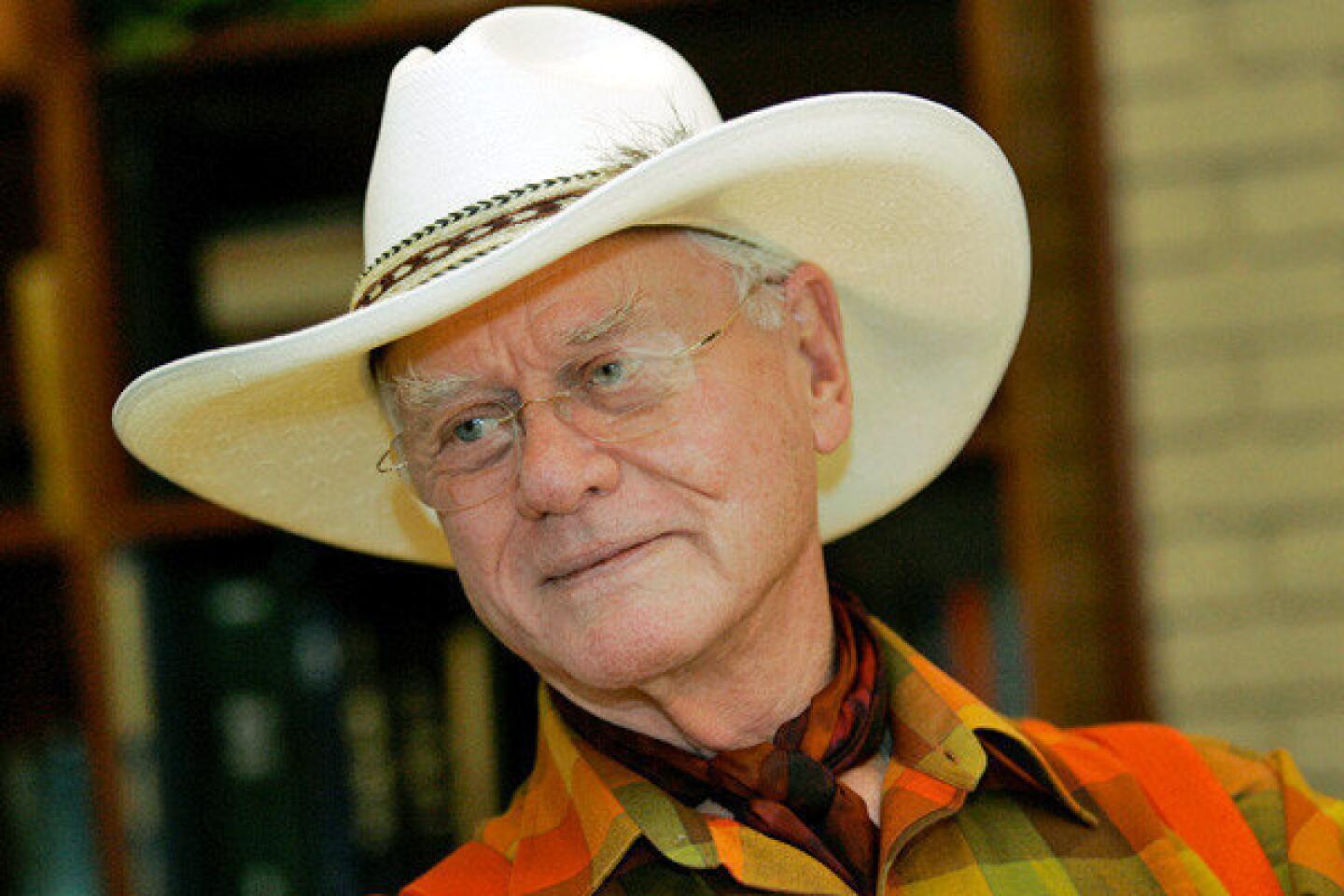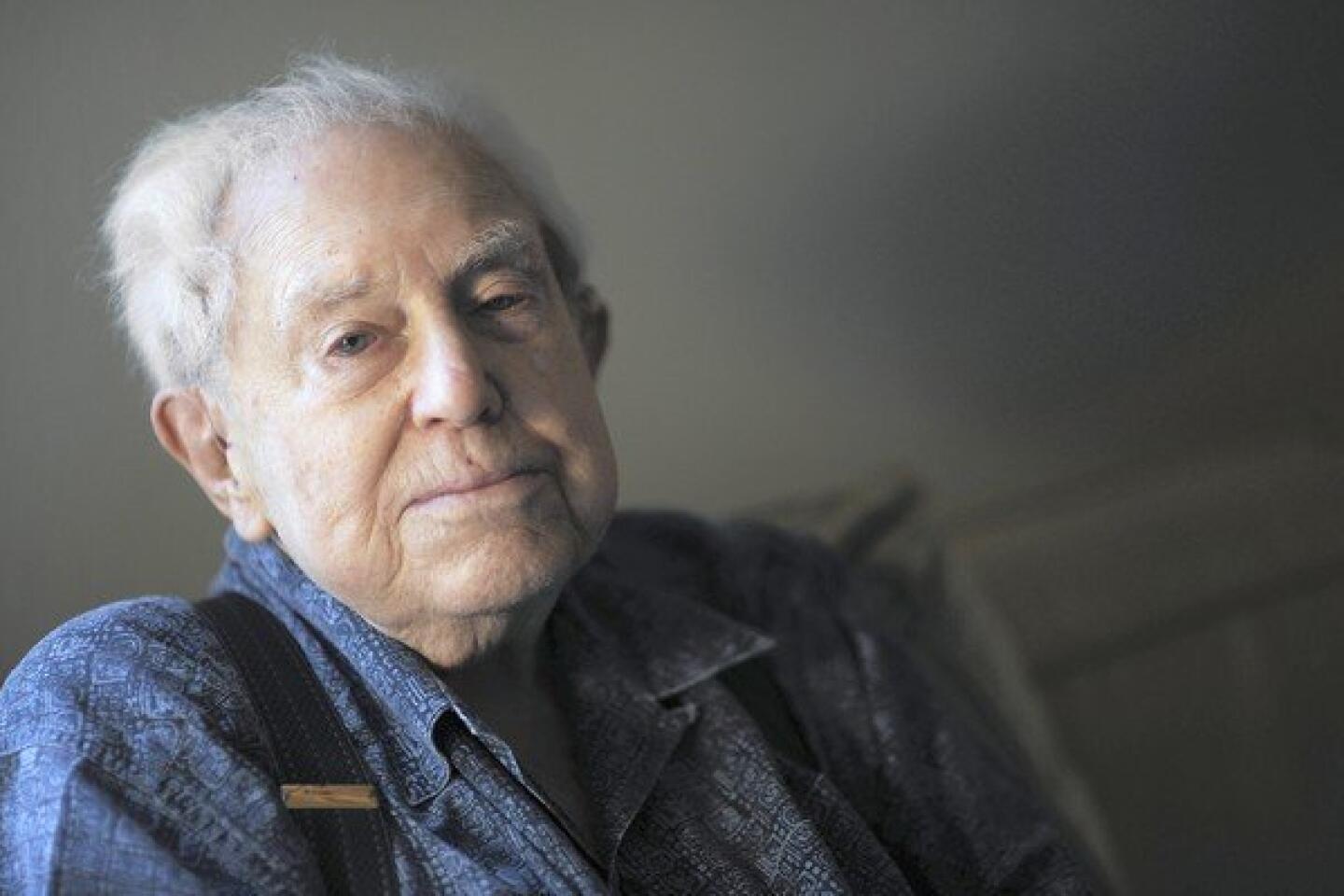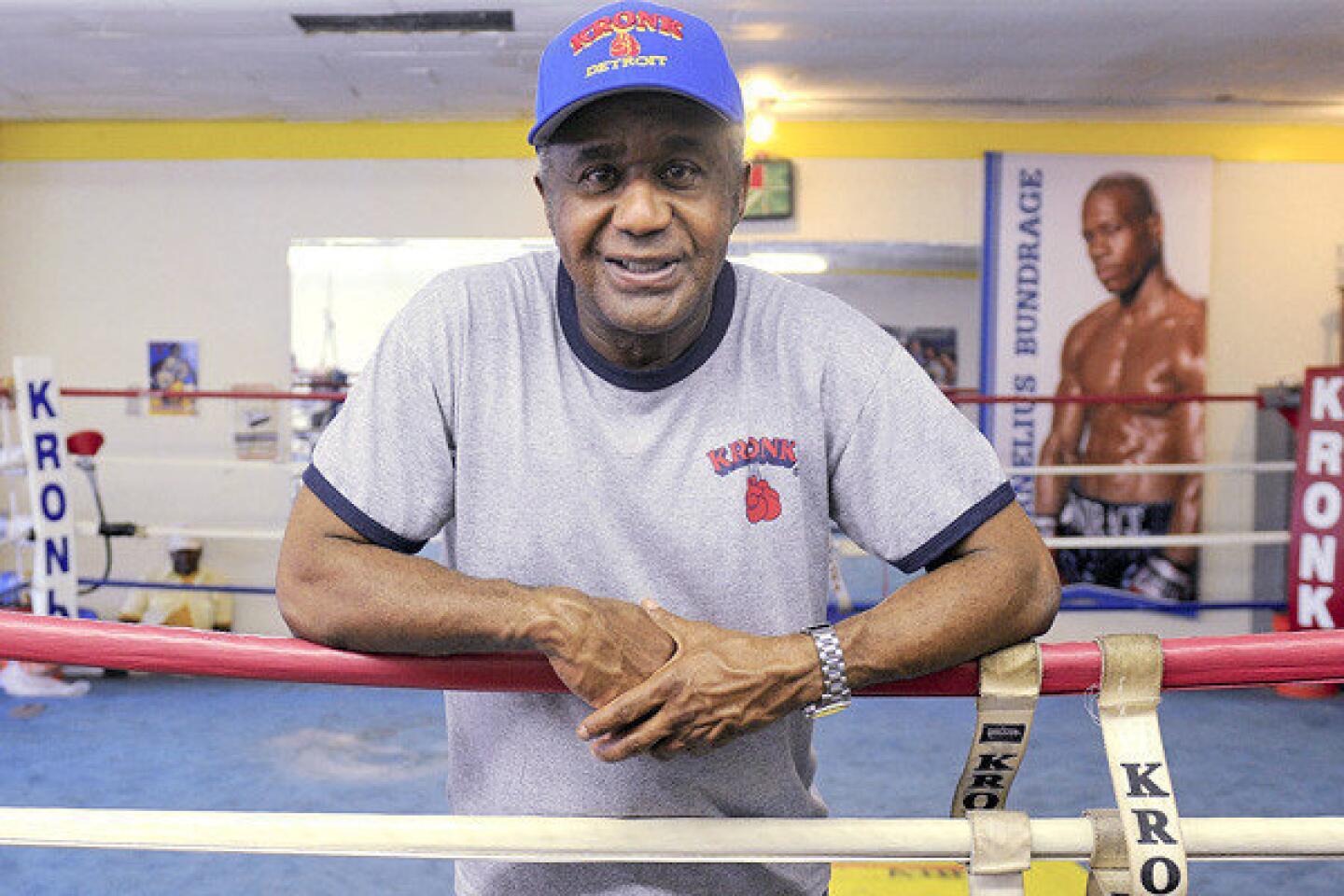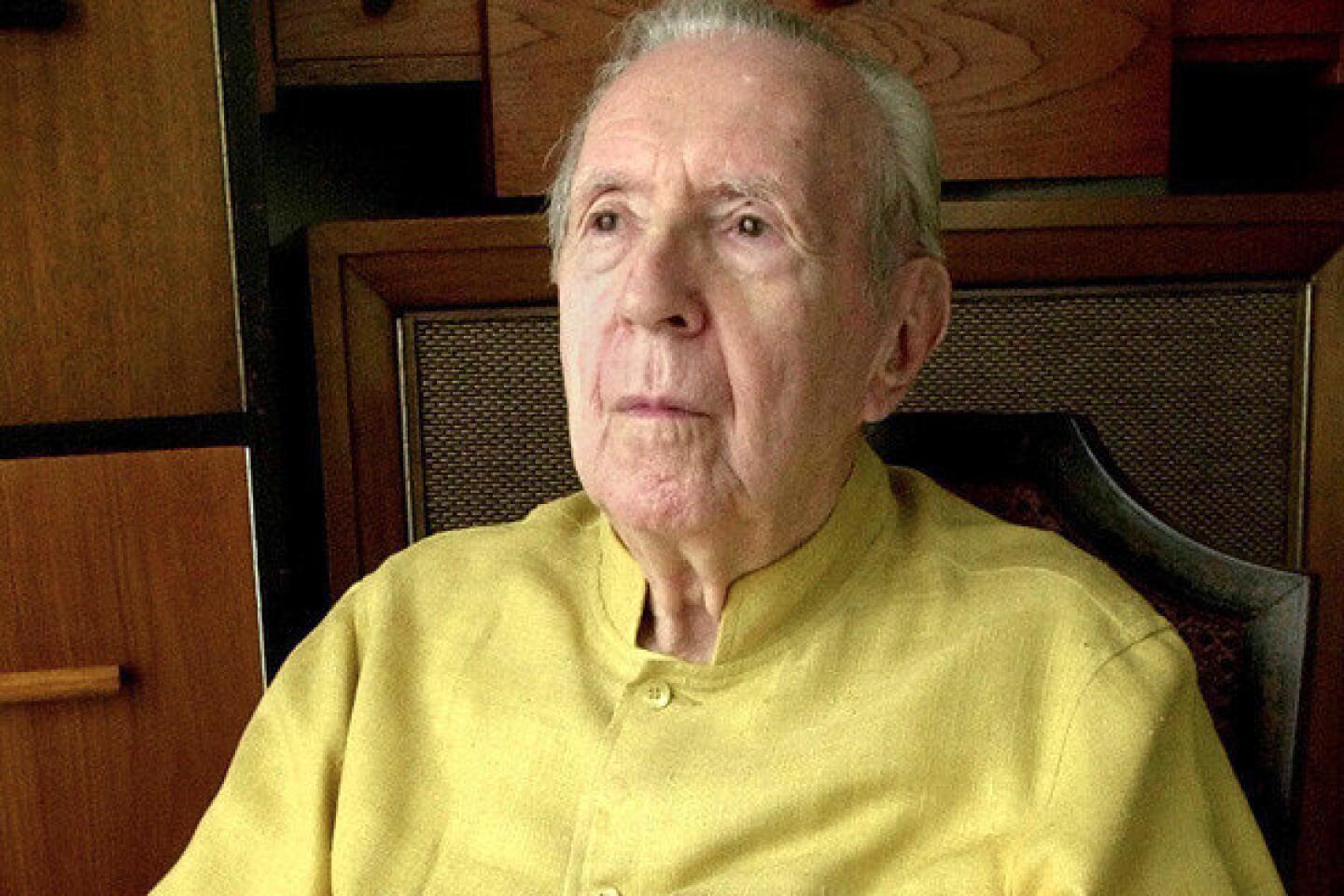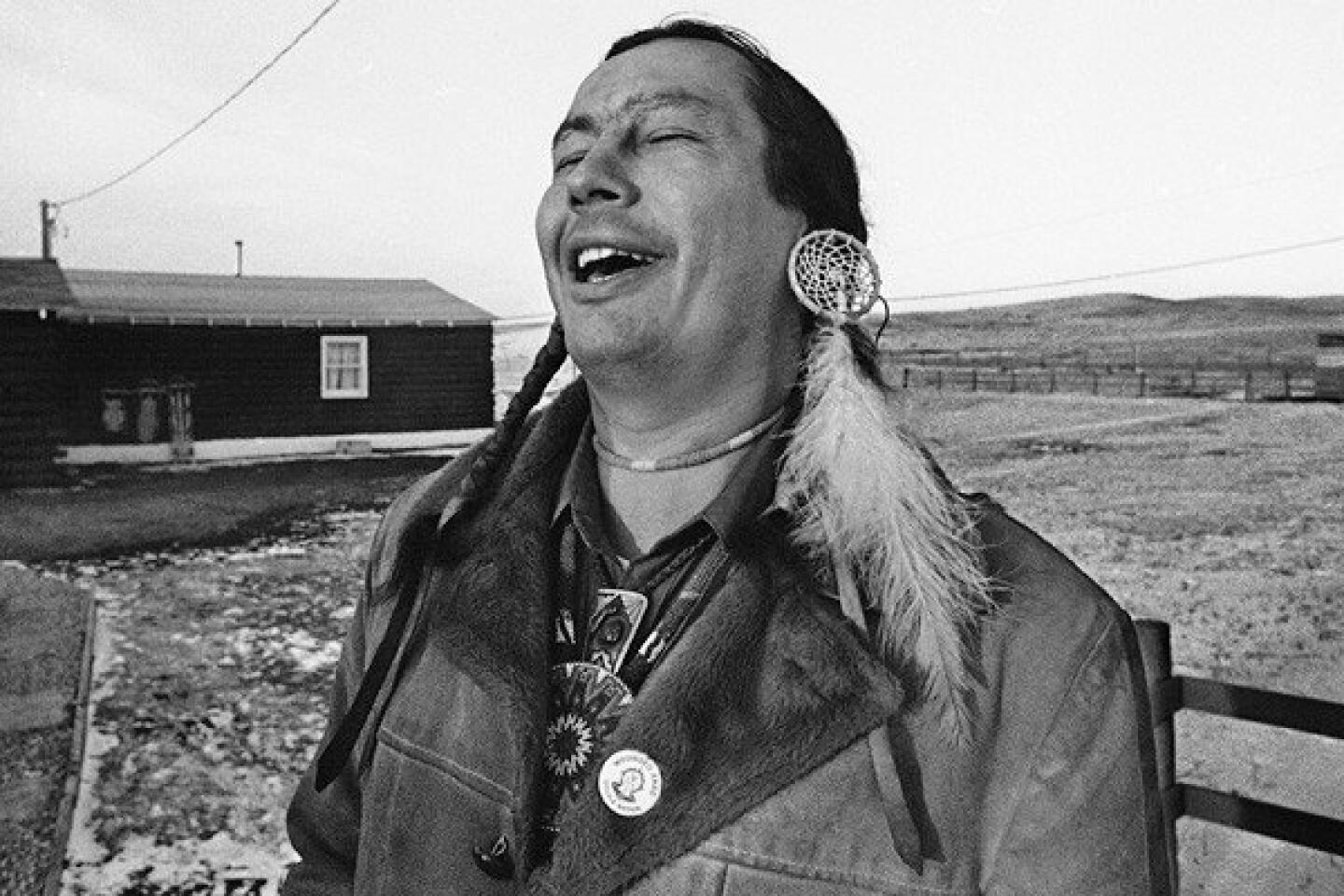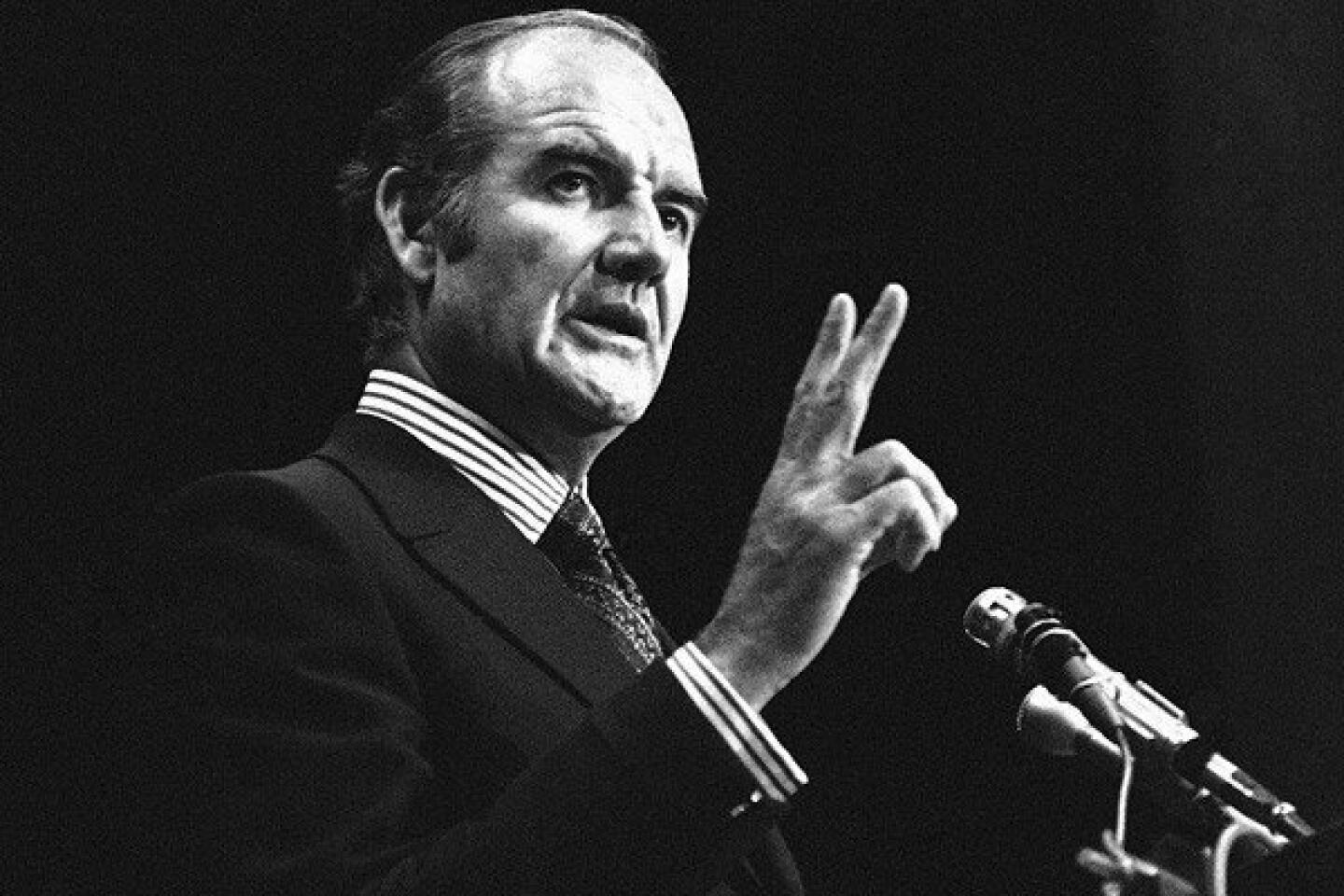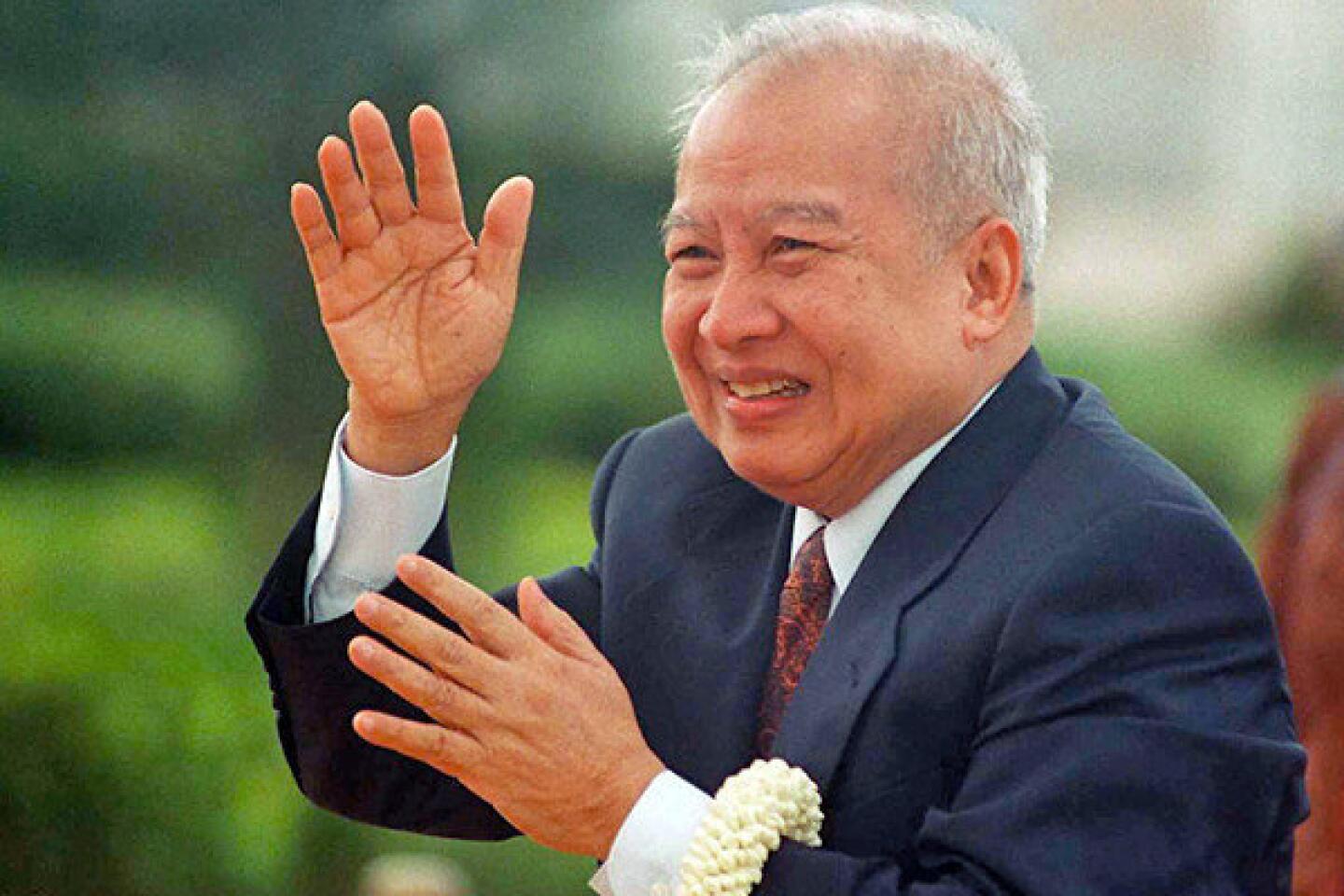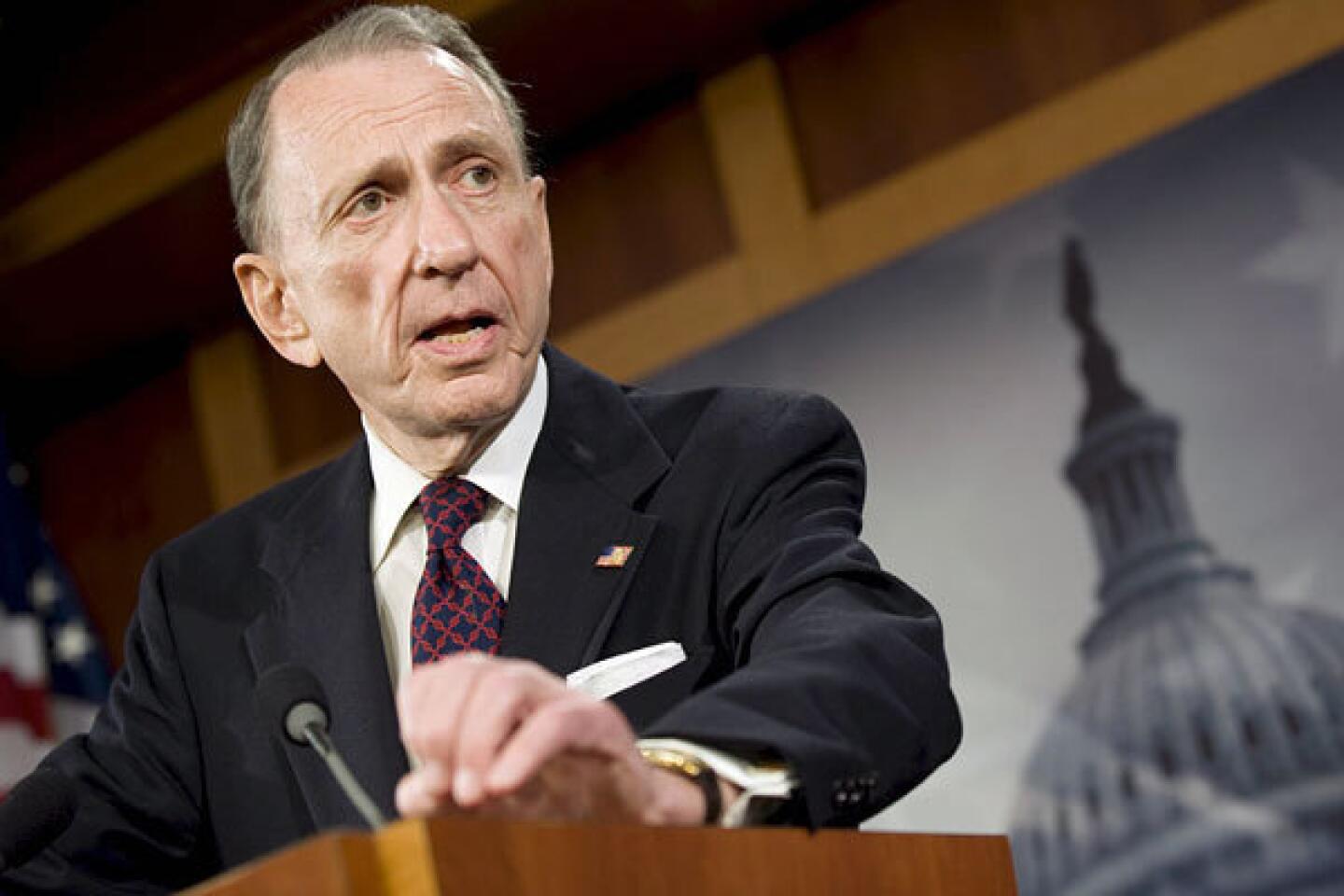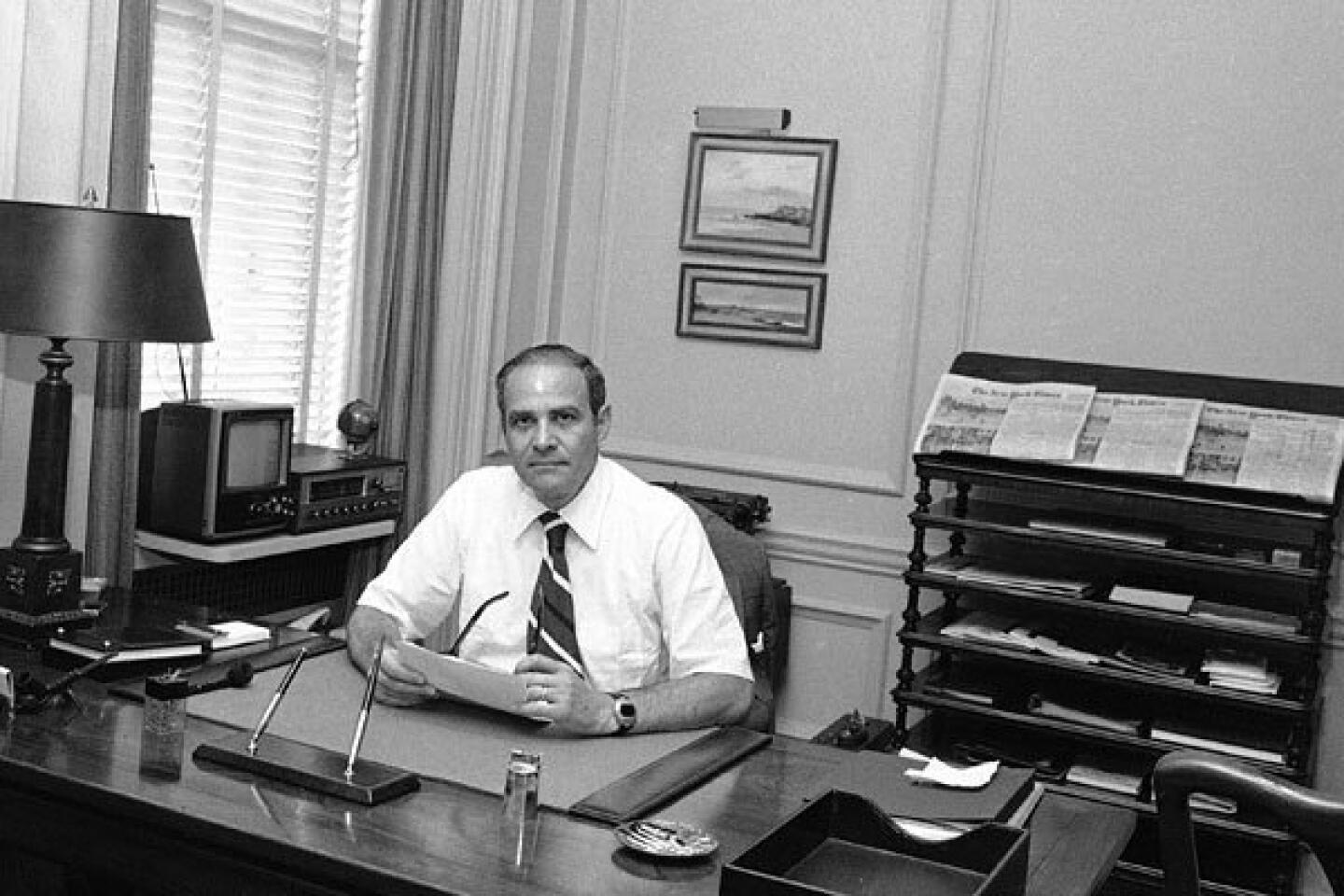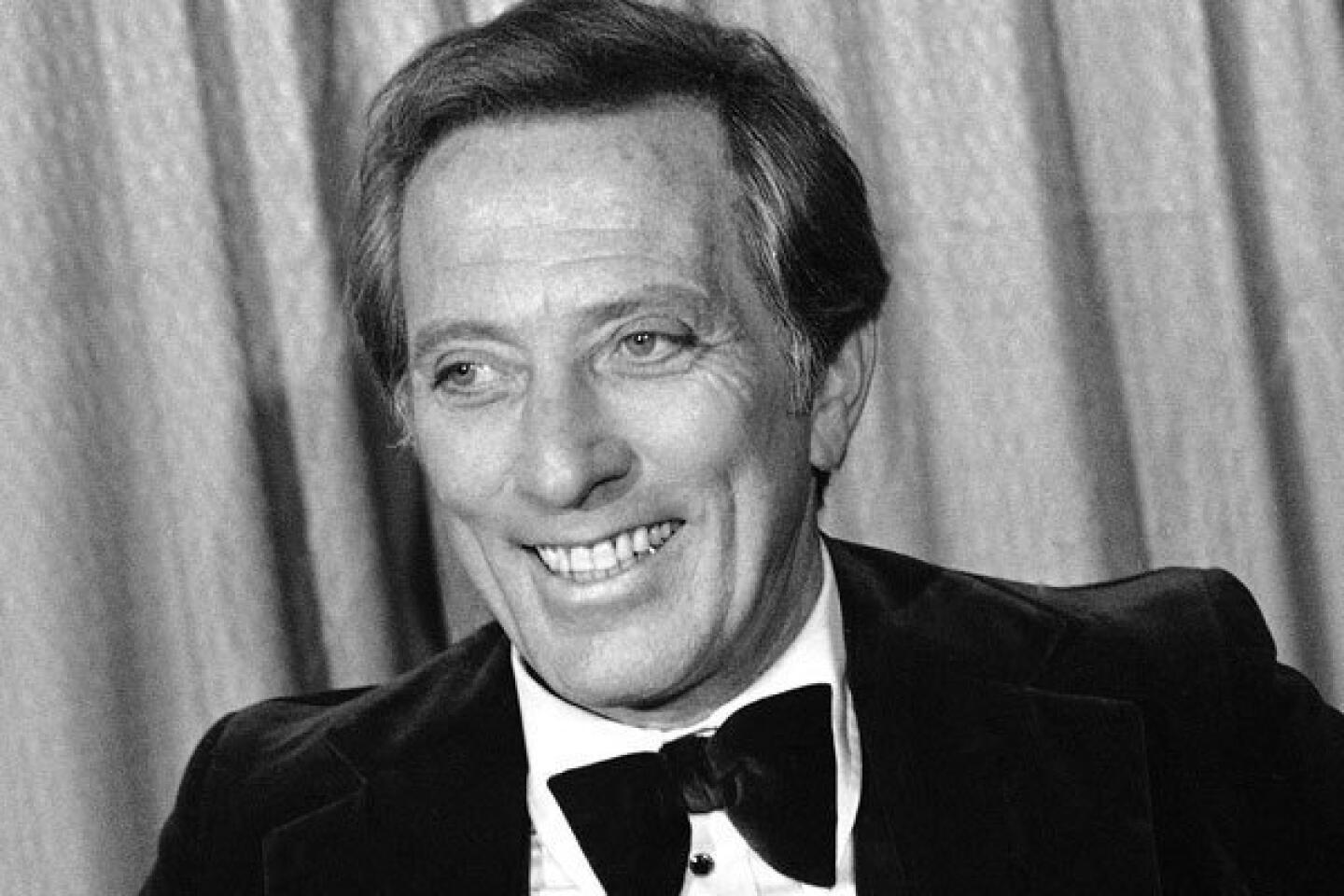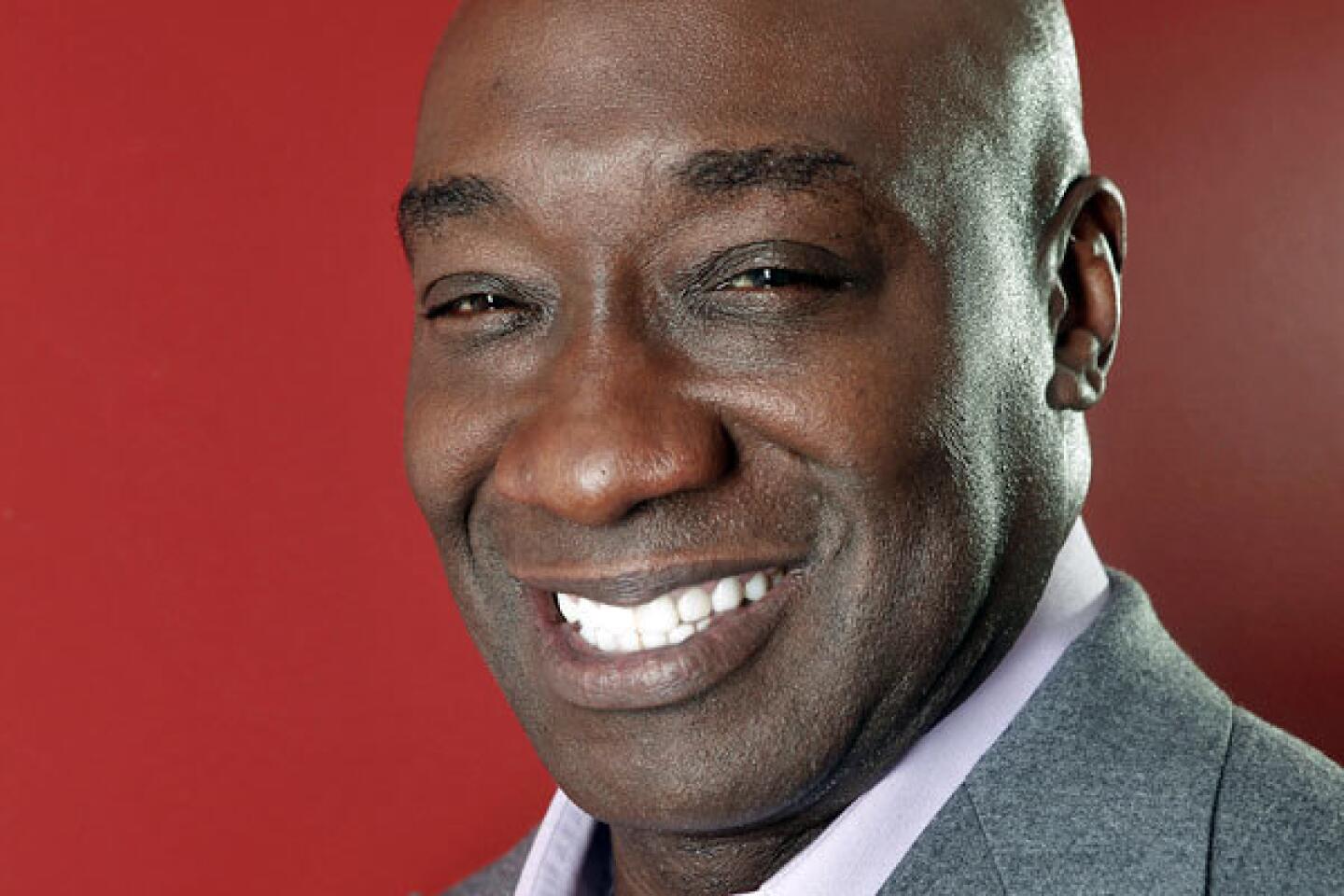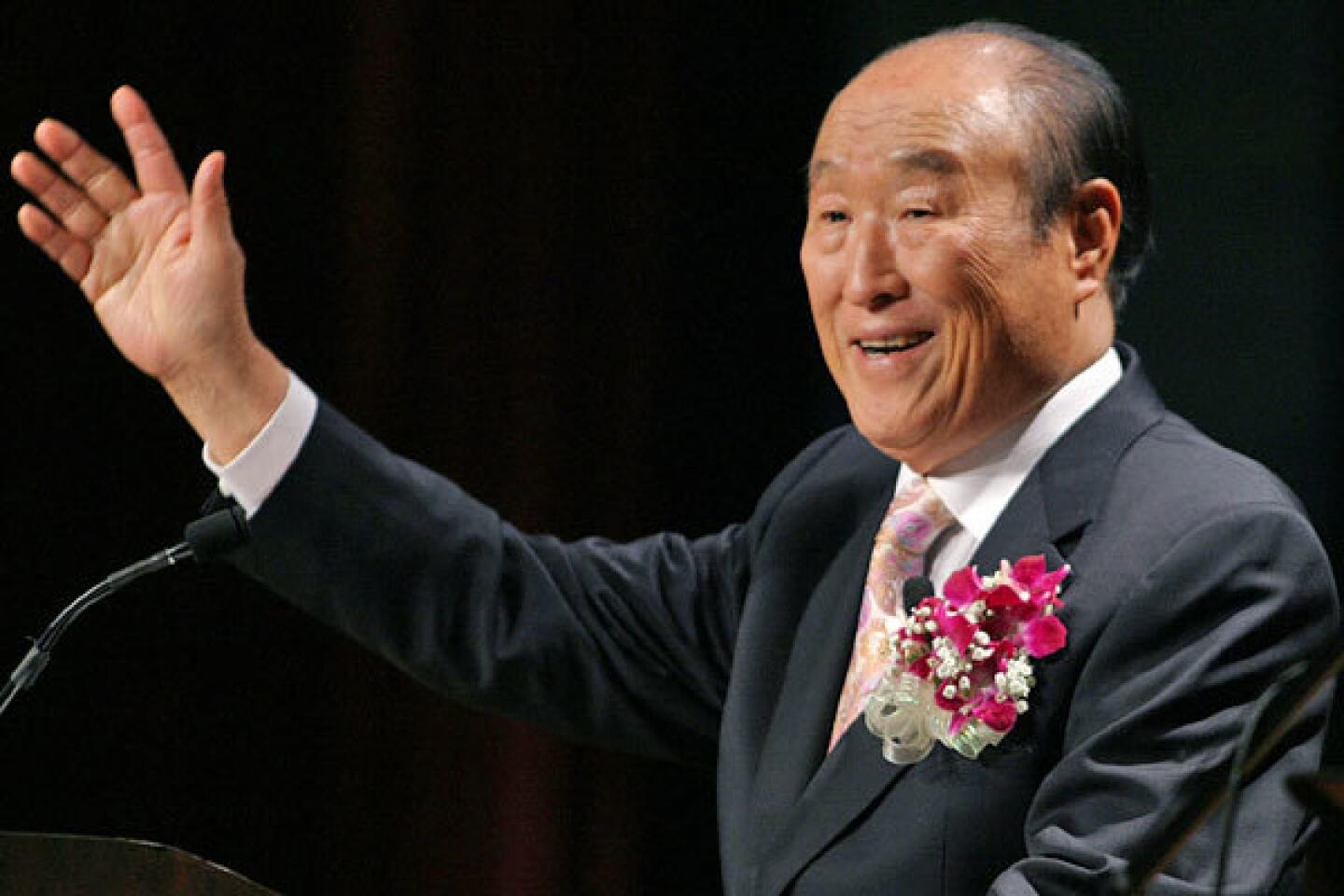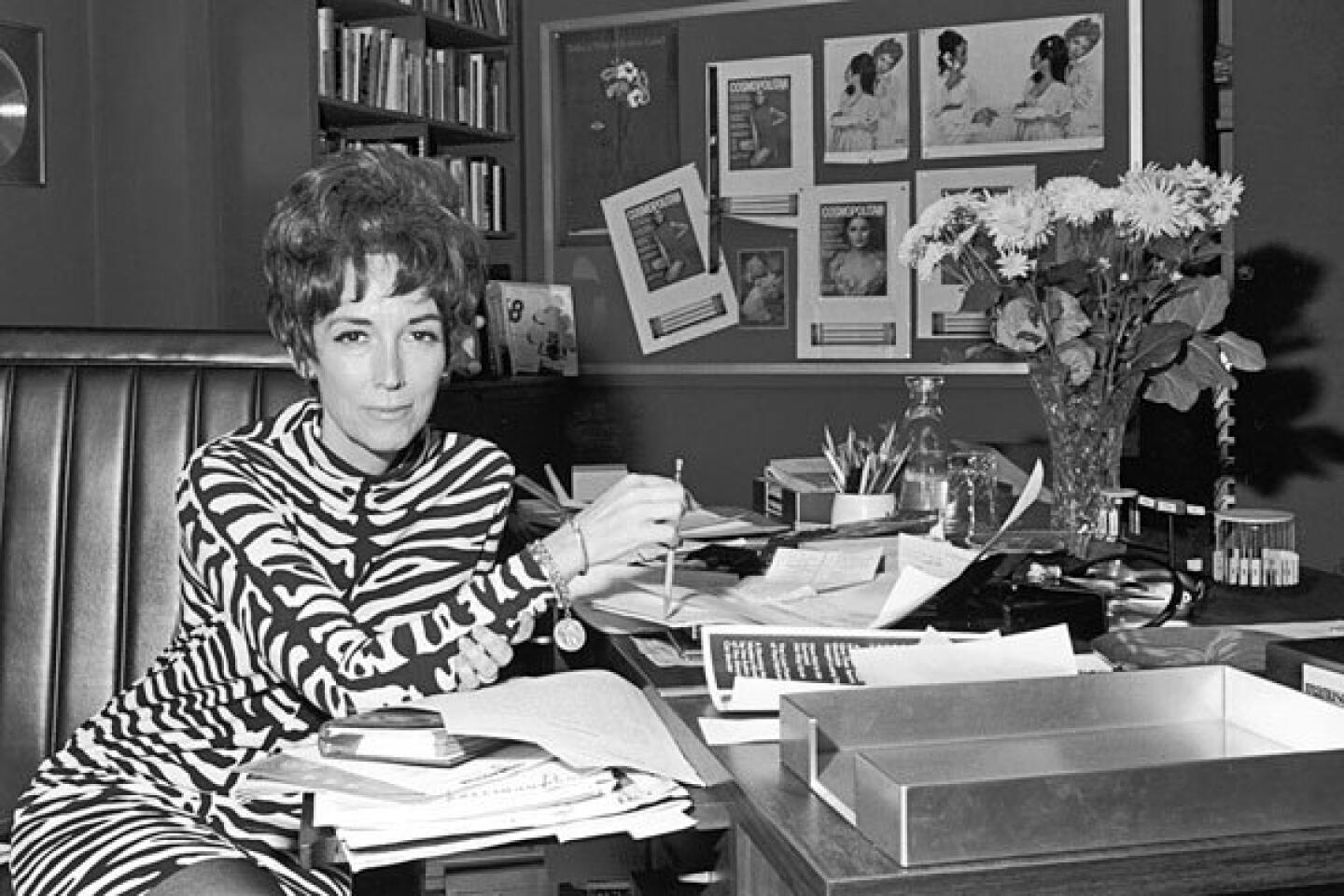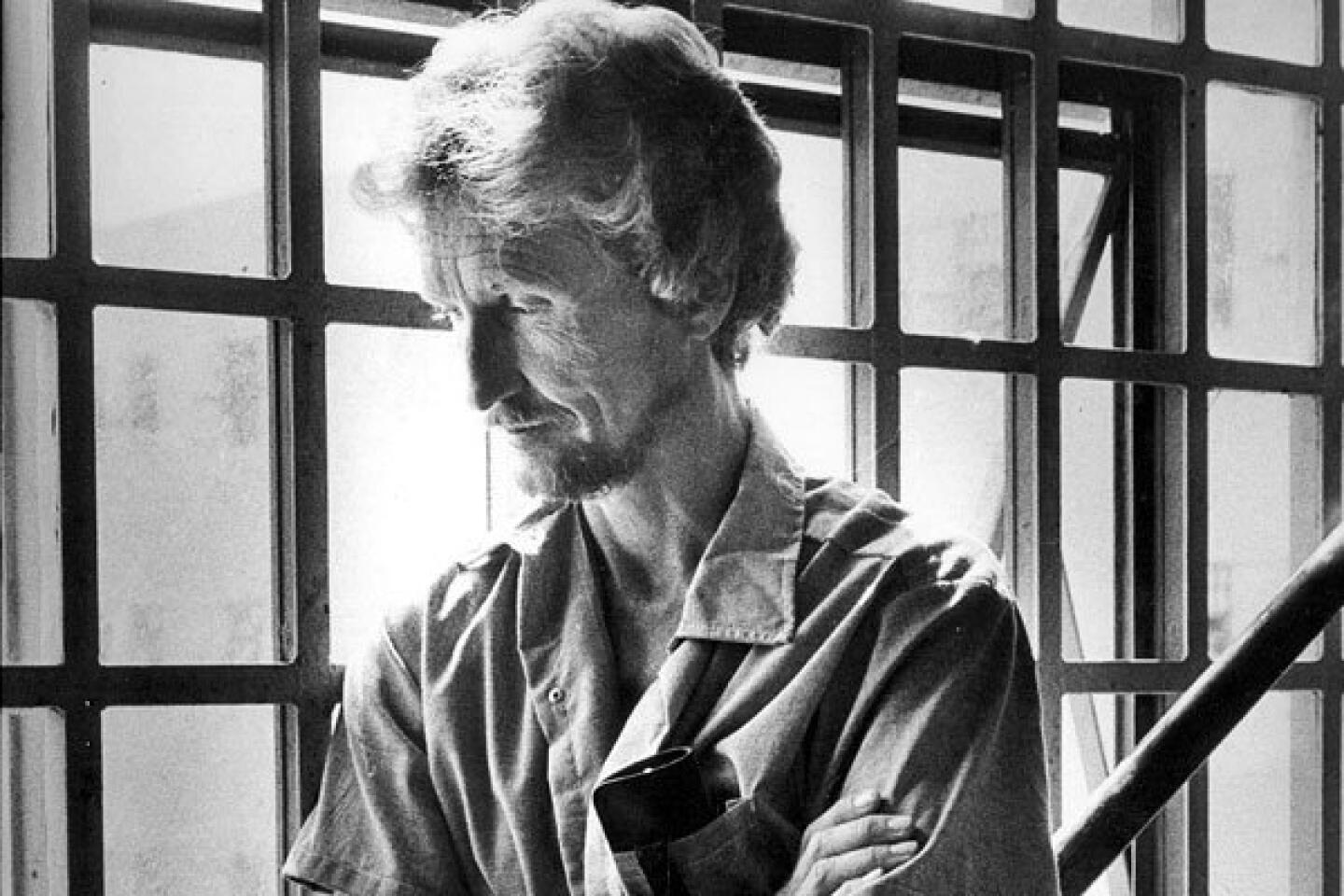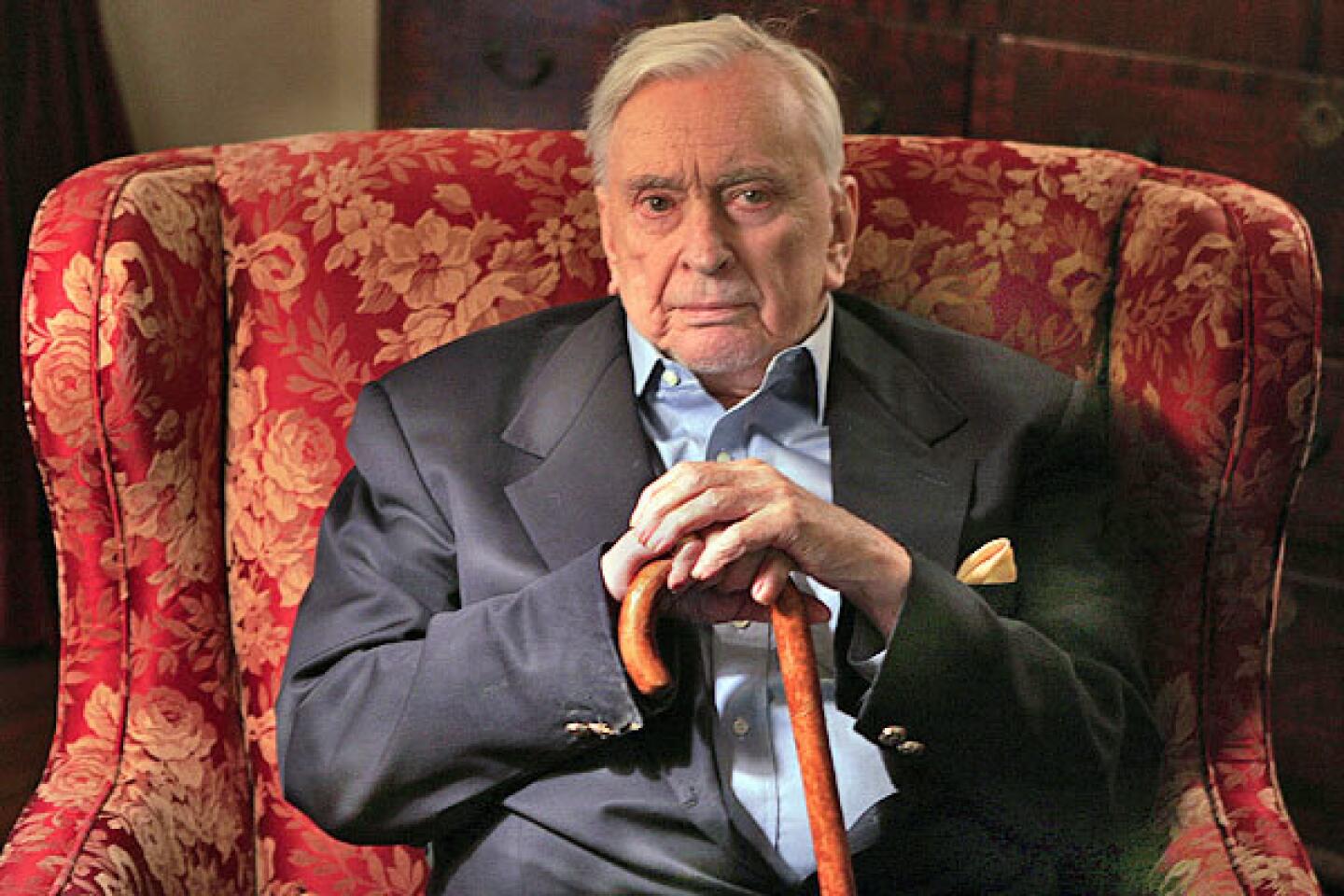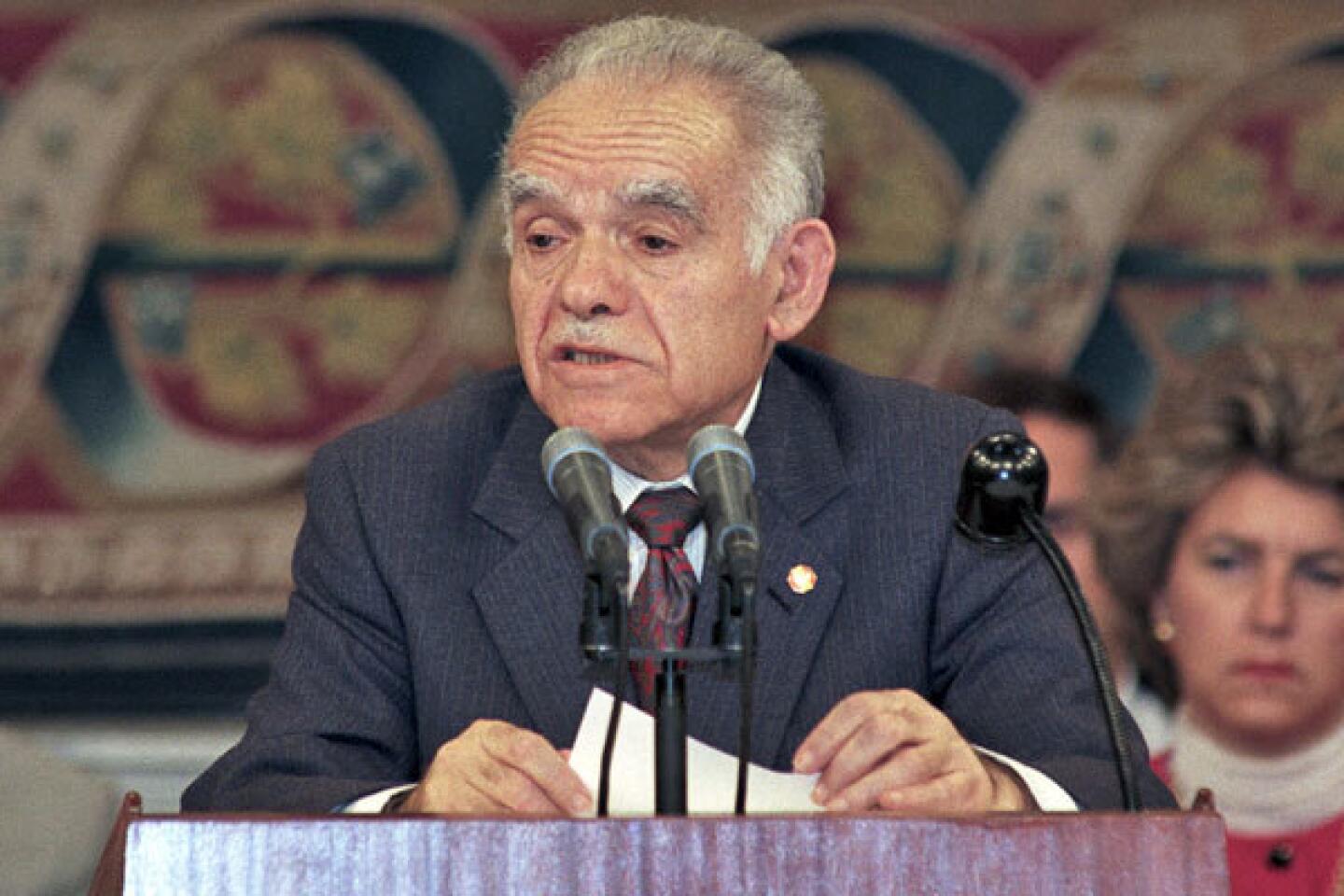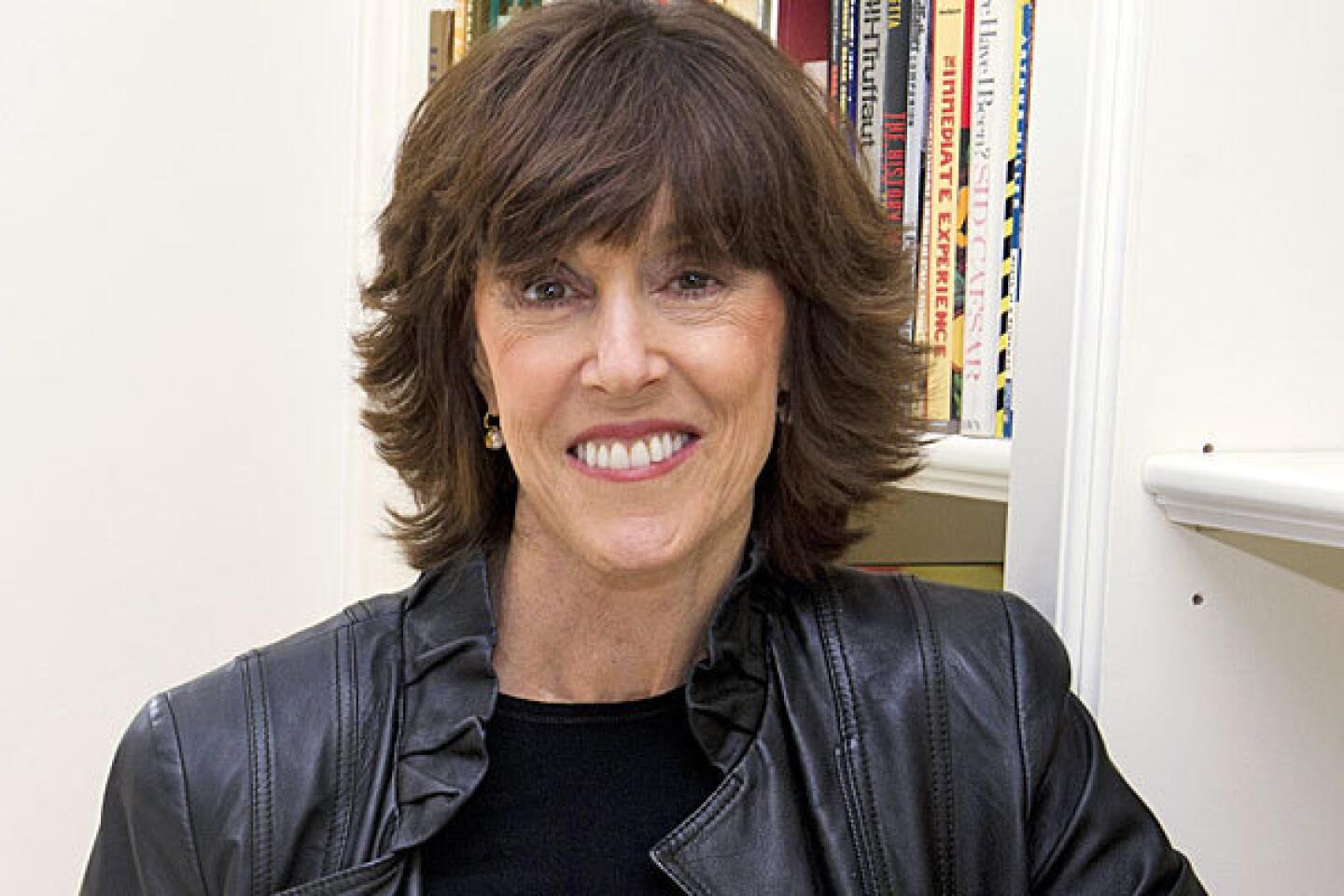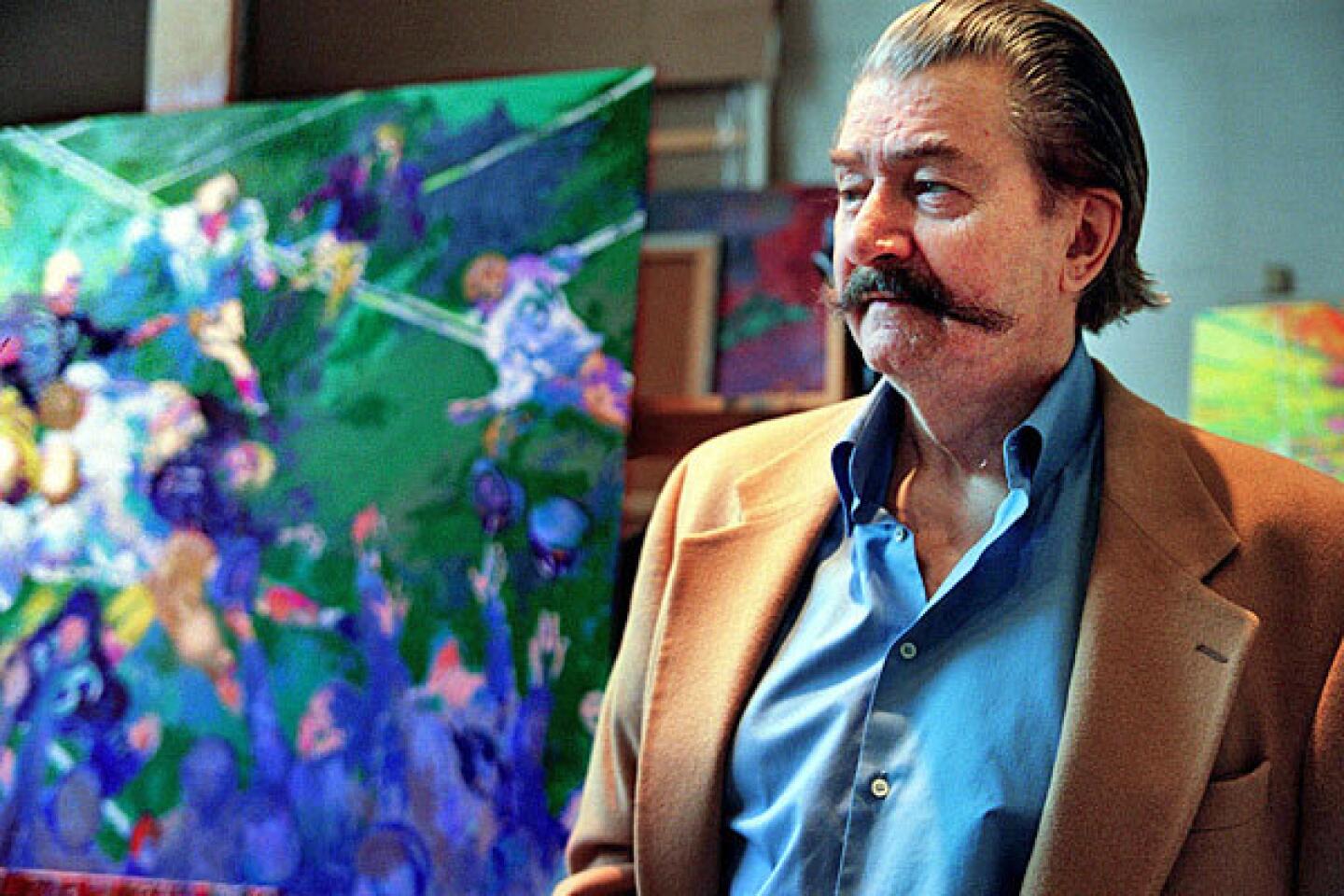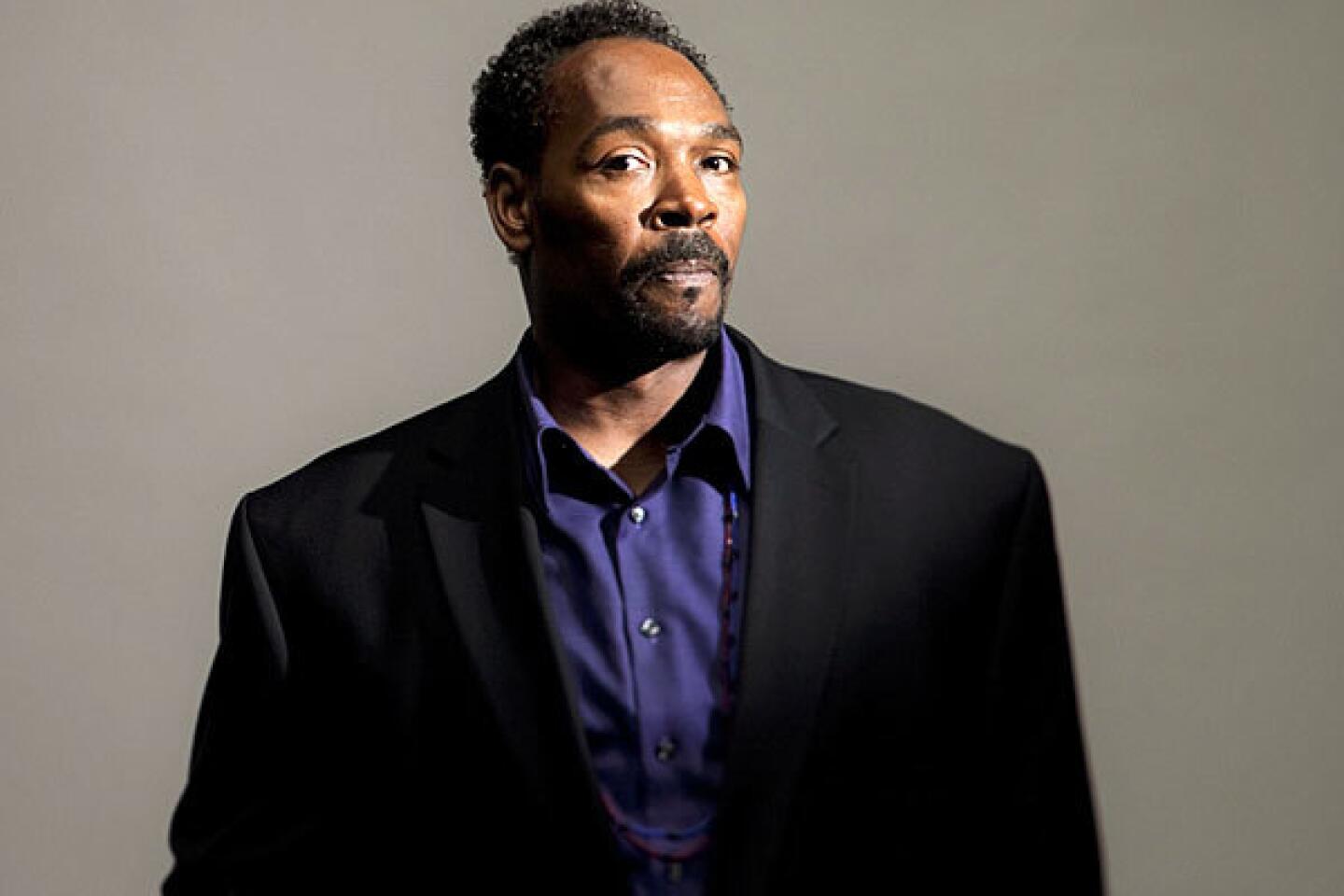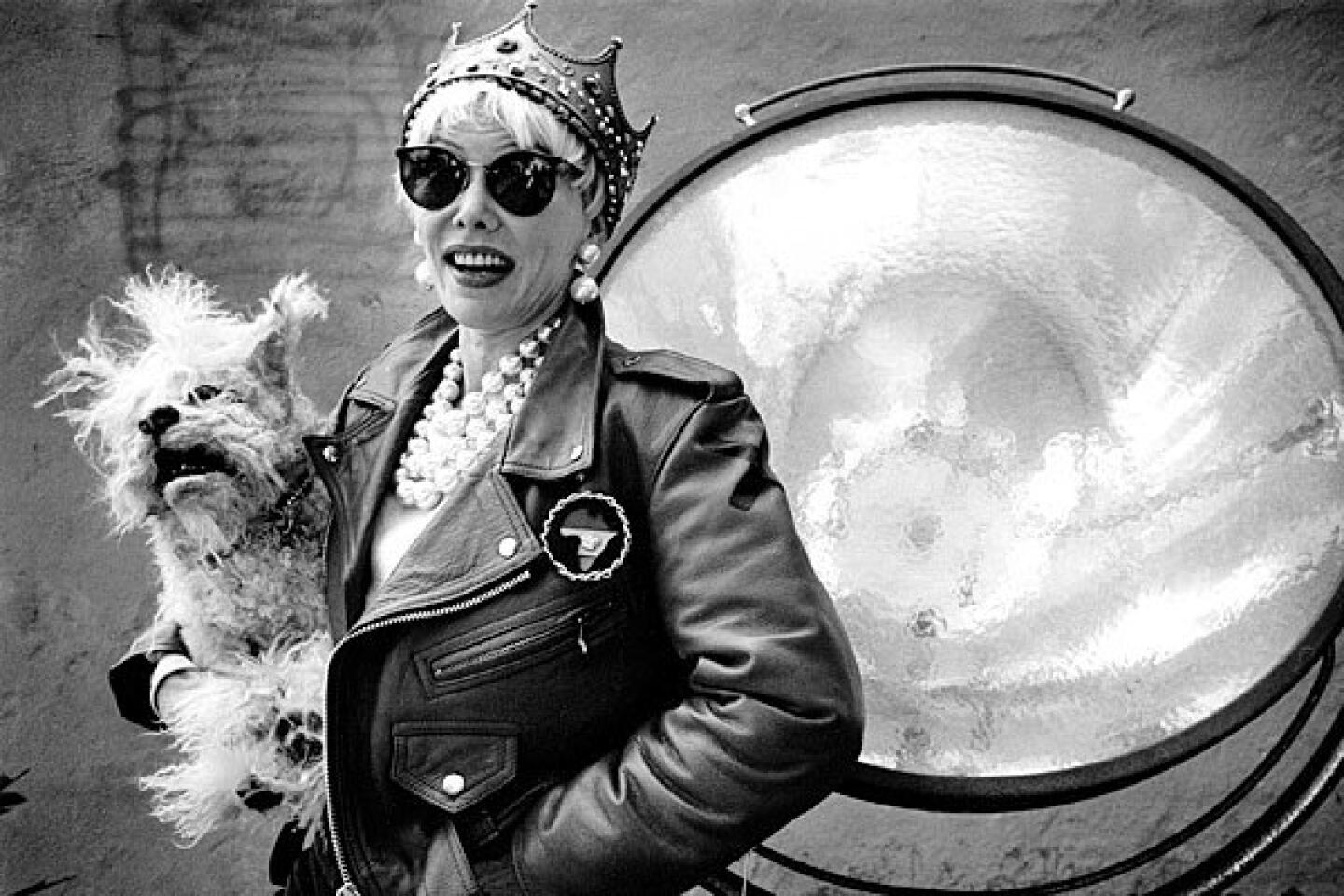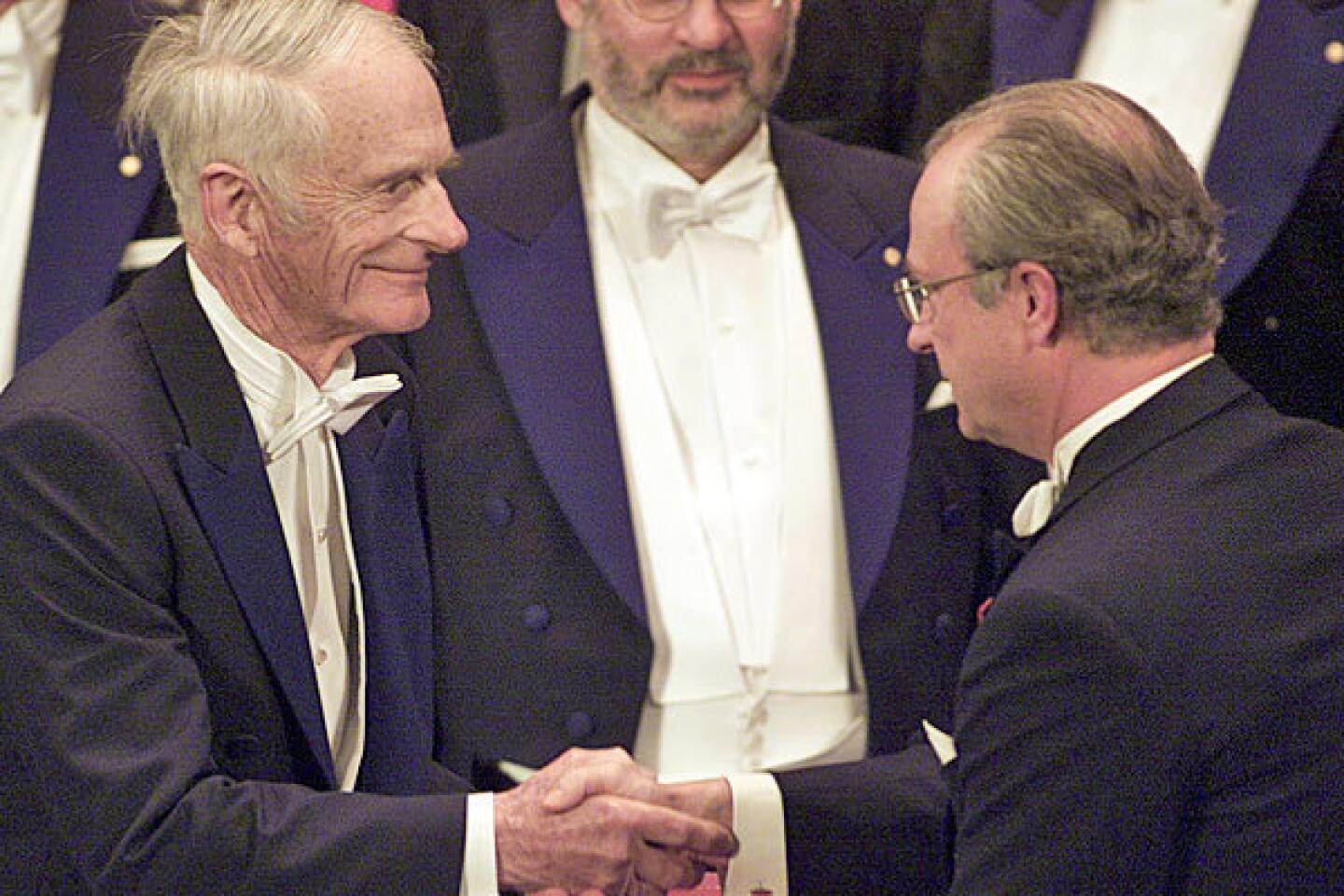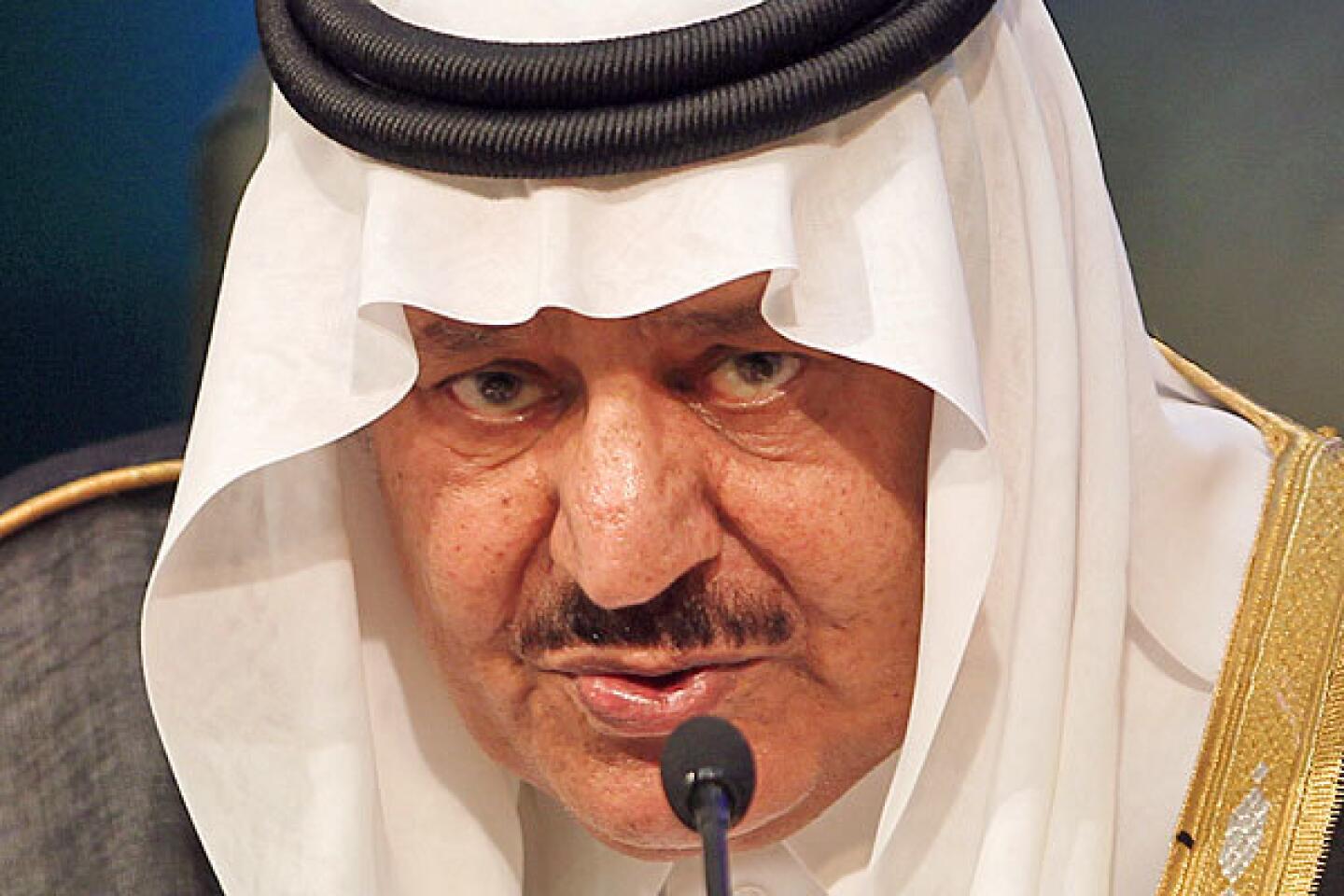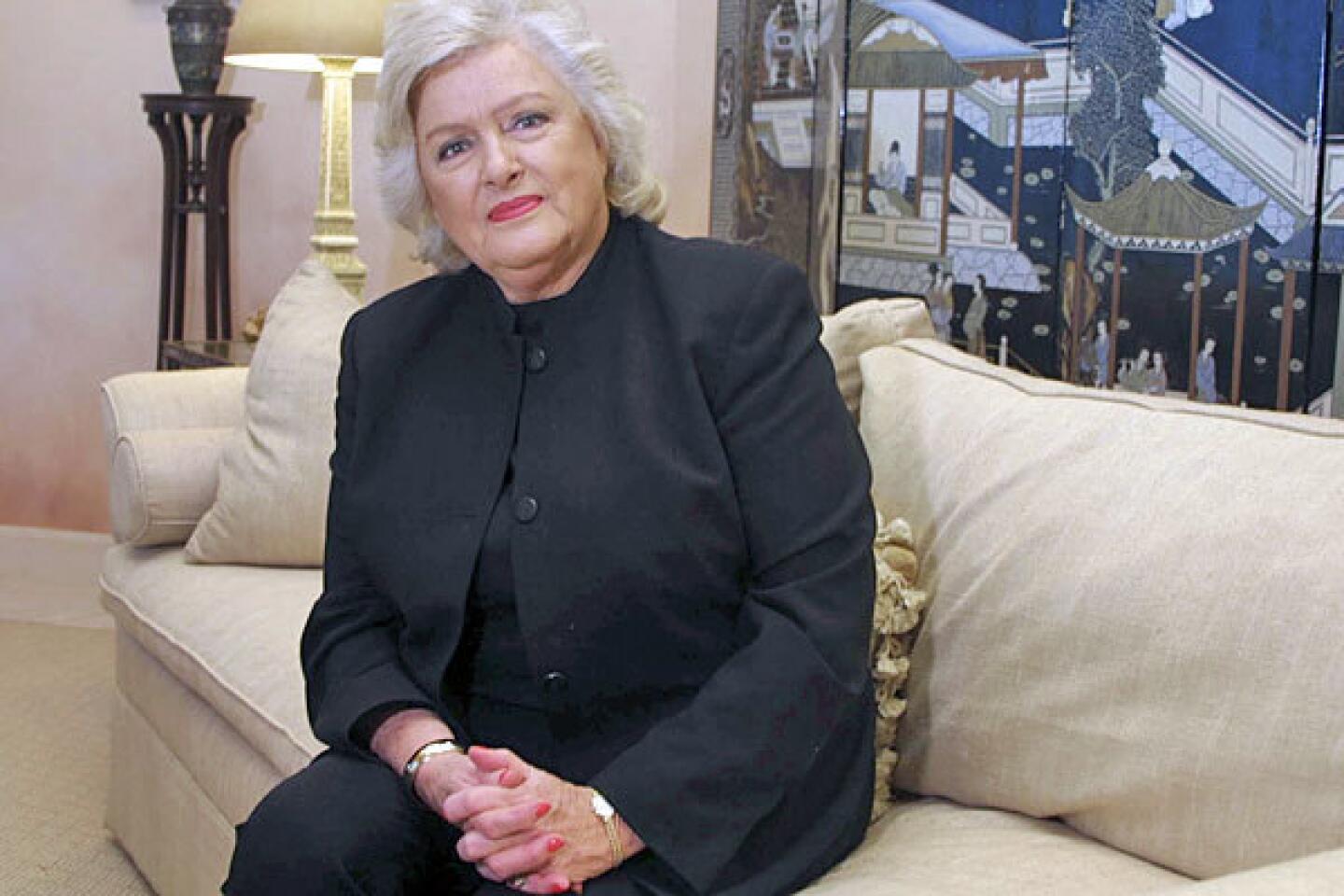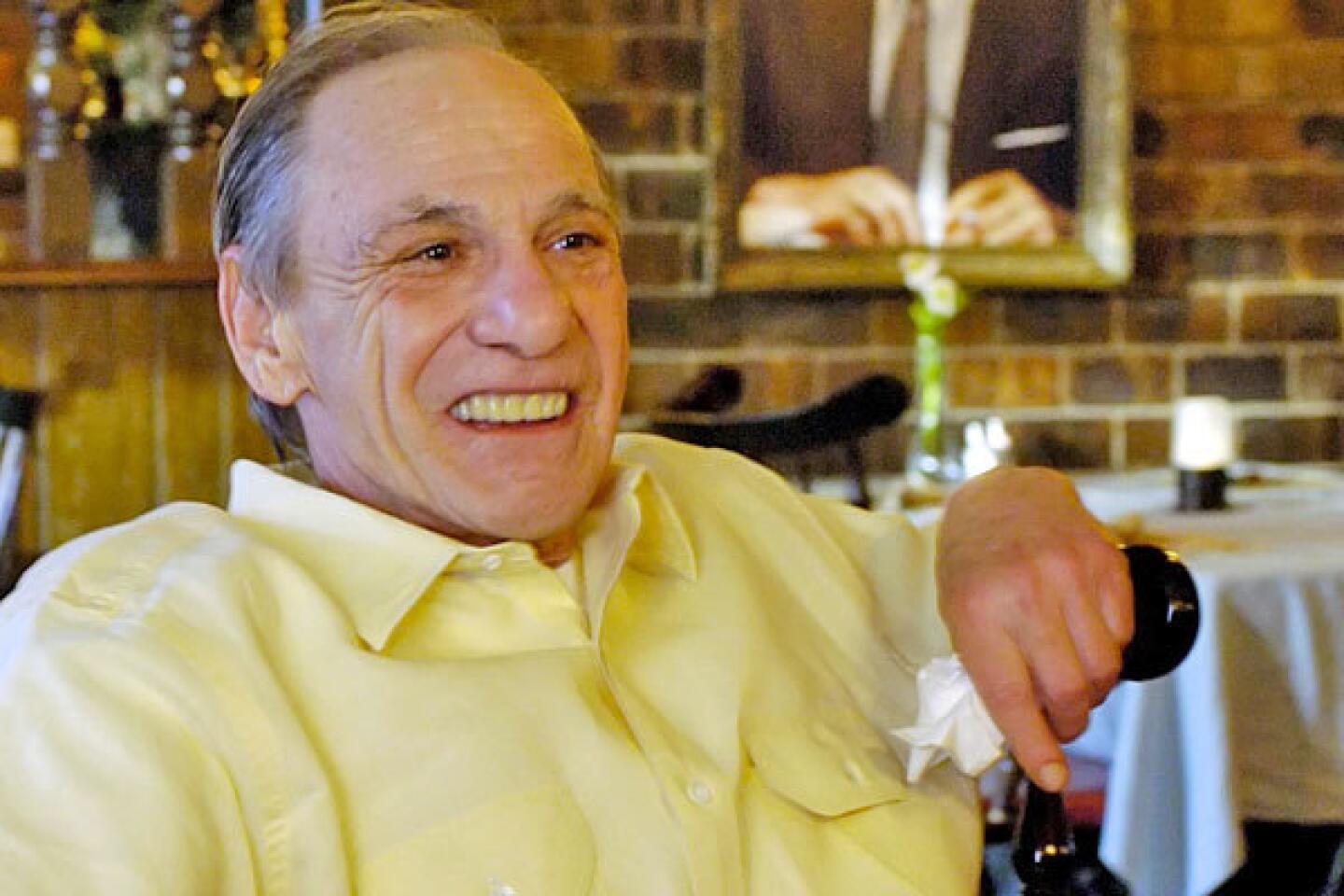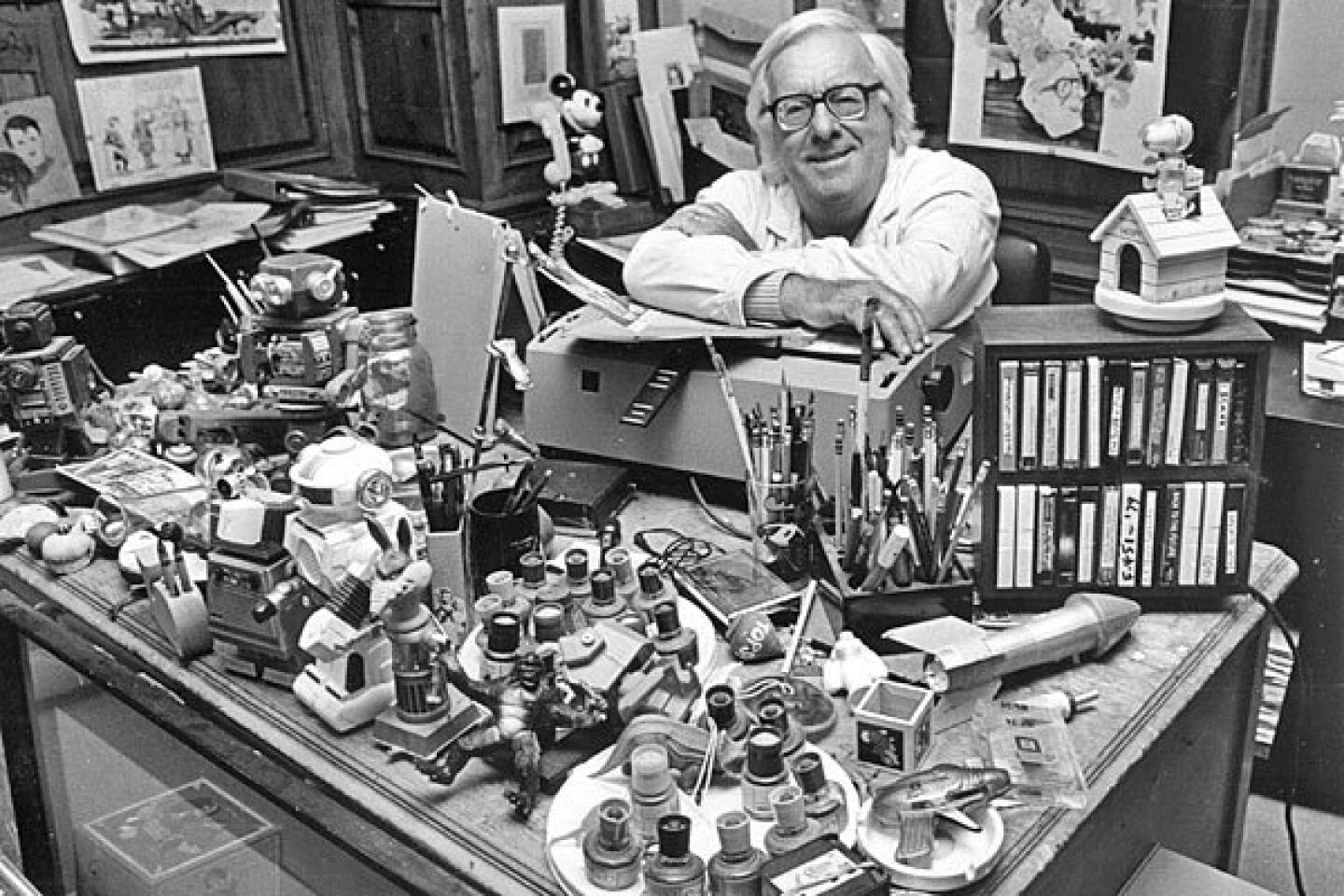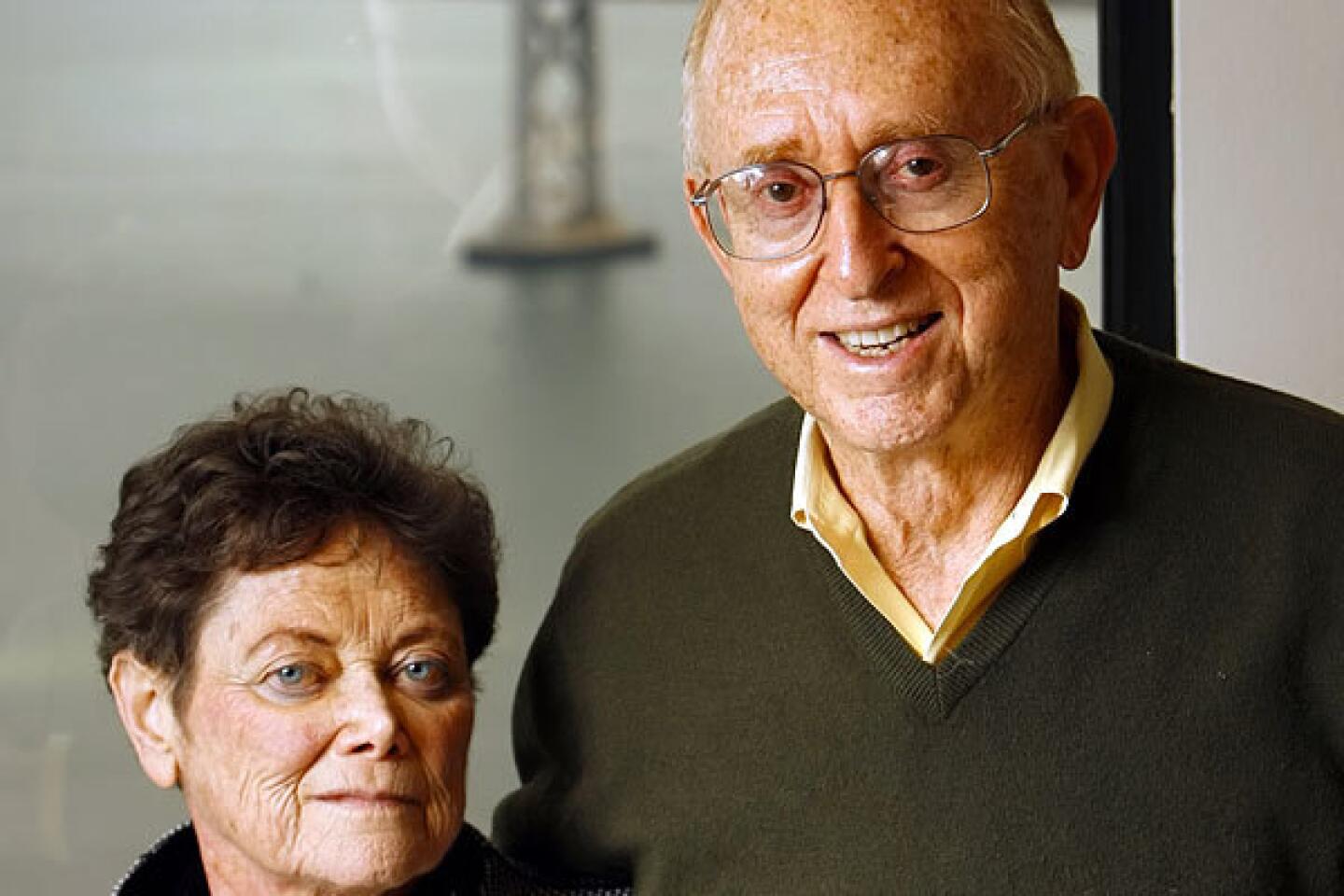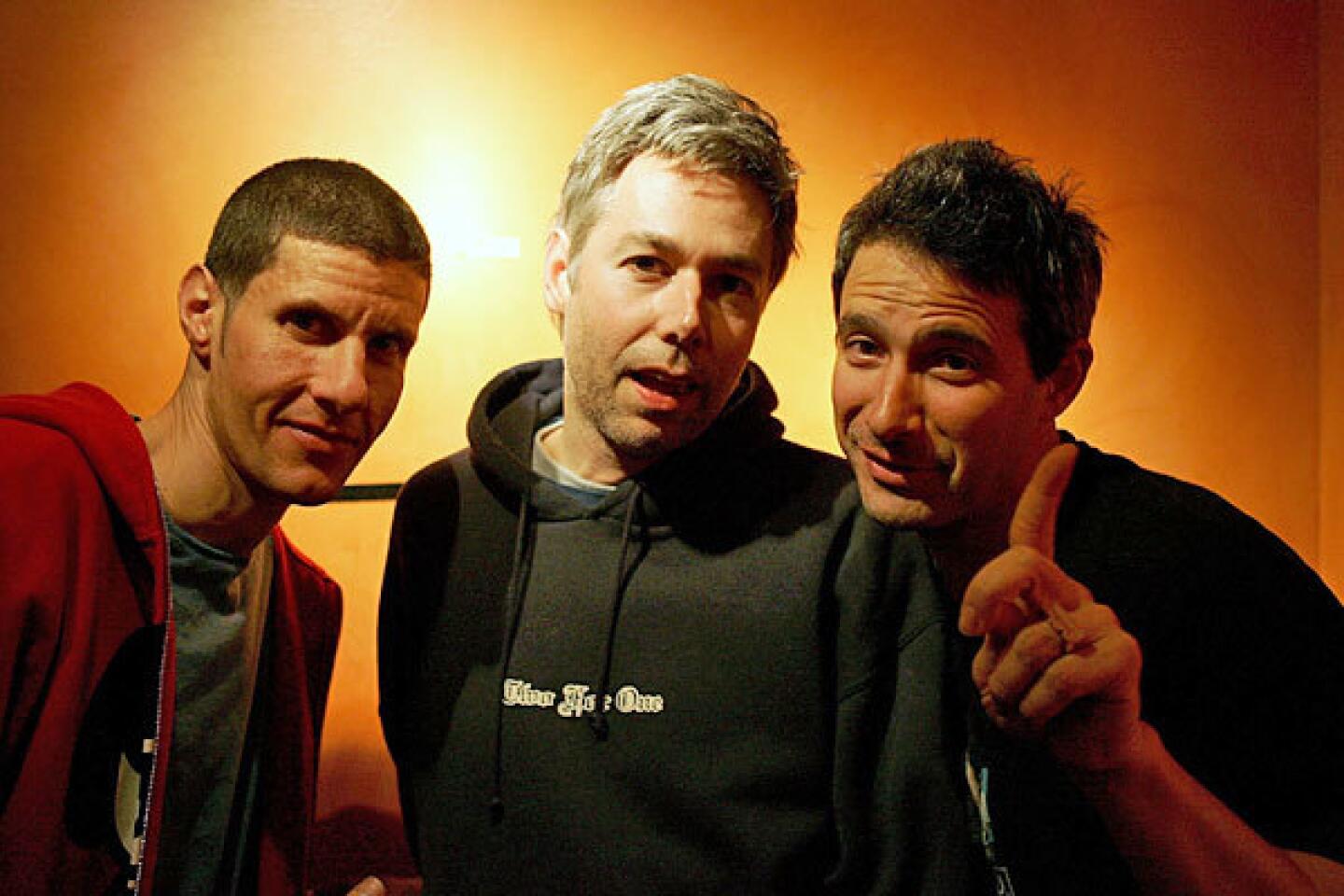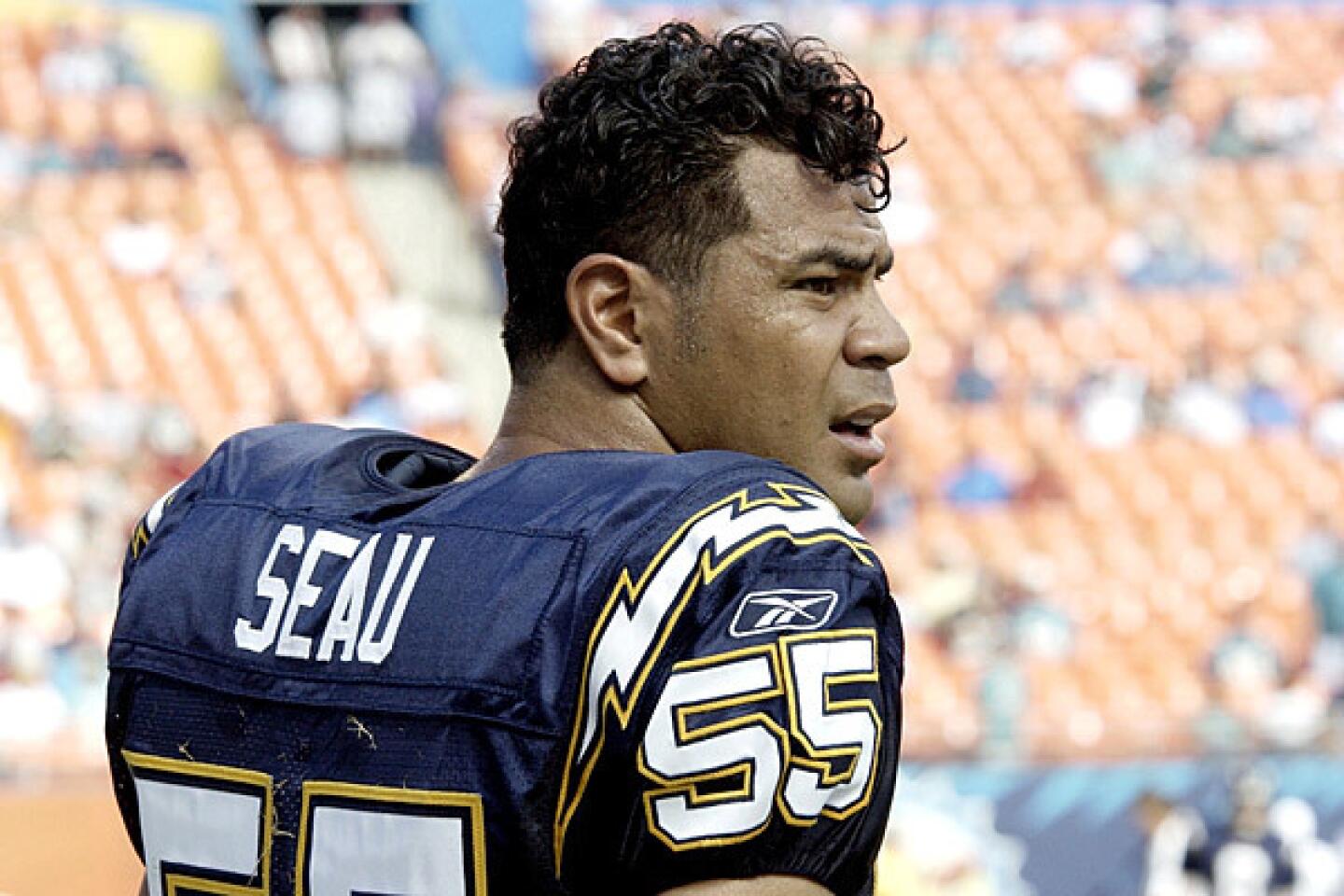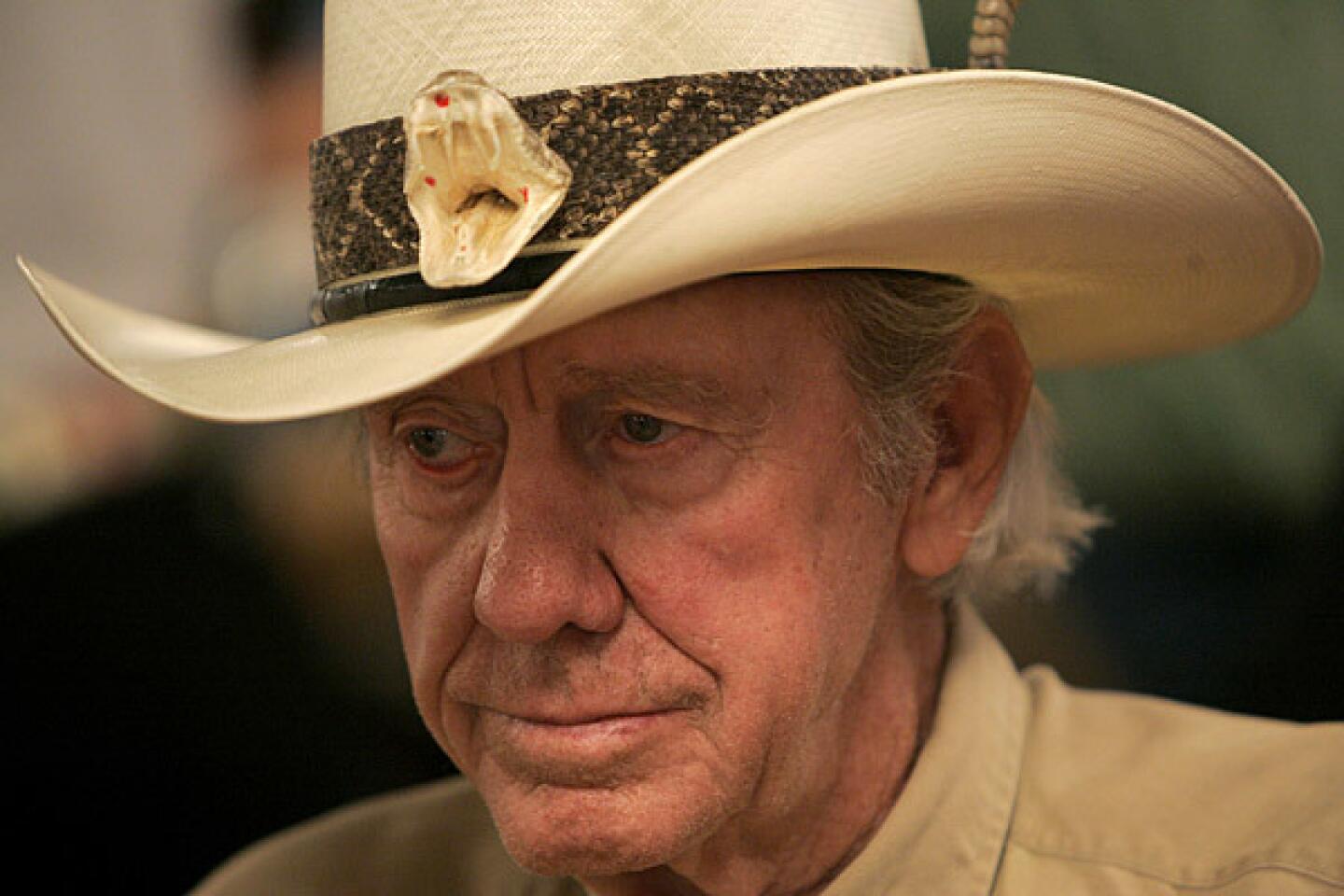Dr. Joseph Murray dies at 93; Nobel winner performed first kidney transplant
Since ancient times, surgeons have dreamed of transplanting healthy organs into patients disabled by disease and injury, but the human body’s powerful immune system stymied all such attempts, leading many observers to conclude that the procedure was impossible.
But on Dec. 23, 1954, Dr. Joseph E. Murray of Peter Bent Brigham Hospital in Boston removed a healthy kidney from 23-year-old Ronald Herrick and implanted it in his identical twin, Richard, who was dying of severe kidney disease. The successful procedure proved that organ transplants were possible and opened an era in which organ transplants are now routinely performed on tens of thousands of patients each year.
Murray was later the first to transplant kidneys between non-identical siblings and to use organs from cadavers. His feats won him the 1990 Nobel Prize in Physiology or Medicine, an award he shared with Dr. E. Donnall Thomas, who performed the first bone-marrow transplant.
PHOTOS: Notable deaths of 2012
Murray died Monday at the hospital — now known as Brigham and Women’s Hospital — where he performed his first transplant, after suffering a hemorrhagic stroke at his home on Thanksgiving Day. He was 93.
Murray received his first exposure to transplants during World War II while treating wounded soldiers at Valley Forge General Hospital in Pennsylvania. When patients did not have enough of their own skin for a graft, surgeons would transplant skin from other patients over the wounds. While these grafts would not survive for more than a few days, they would protect the wounds while they healed.
While preparing for surgeries with Col. James Barrett Brown, the chief of plastic surgery, Murray would often discuss the reasons for rejection. Brown thought that a close genetic relationship between the donor and the recipient would slow the rejection and he had, in fact, successfully grafted skin between identical twins in 1937. It was not until the 1950s and 1960s that biologists finally recognized that markers on the surface of cells called human leukocyte antigens, or HLAs, controlled the rejection process.
After the war, Murray began working with dogs in an attempt to perfect transplant techniques — despite the scoffing of colleagues and a mentor’s recommendation that he abandon the practice as a dead end. His research was considered “a fringe project,” he wrote in his 2001 biography, “Surgery of the Soul.”
In October 1954, the dying Herrick was referred to him for potential surgery. After much soul-searching and consultation with ethicists and religious leaders, Murray agreed. Although the hospital planned to keep the operation secret initially, news broke after Murray asked local police to check the fingerprints of the two brothers to ensure that they were twins.
Richard, who married one of his nurses at Brigham and had two children, fell victim to a recurrence of his kidney disease eight years later. Ronald survived until age 79.
The surgeon performed several more operations on identical twins, but recognized that this was a limited pool of recipients. His studies with dogs, however, showed that suppressing the patient’s immune system with whole-body radiation could prolong survival, and in 1959 he began transplanting organs between fraternal twins. Success improved further when he added bone-marrow transplantation which, in effect, gave the recipient a new immune system compatible with the new organ.
One such patient lived for 29 more years.
These were drastic solutions, however, and would not work well for unrelated donors. The key to making transplants more accessible was the development of drugs that would suppress the immune system less drastically — first azathioprine, then later cyclosporine and other drugs. In 1962, Murray and his team used such drugs to successfully implant a cadaver kidney from an unrelated donor into 23-year-old Mel Doucette.
In 1971, Murray retired as head of transplant surgery at Brigham and returned to his first love, plastic surgery. “At heart, I’m a reconstructive surgeon,” he said at the time. His friend and colleague, the late Dr. Francis Moore, once noted that “Joe’s the only guy who ever won a Nobel Prize for pursuing a hobby.”
Murray used techniques originally developed by Dr. Paul Tessier of France to correct facial deformities by repositioning and moving forward the bones of the head and face. He traveled around the world to treat adults and children with severe facial deformities resulting from accidents, congenital conditions, cancer surgeries and other problems.
One of his best-known patients was Raymond Francis MacMillan, who suffered from Moebius syndrome — a congenital condition involving severe heart and facial deformities. As a child, MacMillan was delivered to a mental institution because his parents could not deal with the condition.
When MacMillan was released at age 21, he was referred to Murray, who performed a series of surgeries that, among other things, repositioned the jaw so he could swallow normally, control saliva and smile. His appearance could not be made totally normal, but the surgery allowed him to function in the world and, Murray wrote, allowed “his inner self to grow and glow.”
Joseph Edward Murray was born April 1, 1919, in Milford, Mass., about 30 miles southwest of Boston. From his earliest memory, he wrote in his Nobel biography, “I wanted to be a surgeon, possibly influenced by the qualities of our family doctor who cared for our childhood ailments.”
He enrolled at the College of the Holy Cross, concentrating on Latin, Greek, English and philosophy, “assuming I’d receive ample science in medical school.” He graduated from Harvard Medical School in 1943 and served in the Army until 1947. He spent his entire career at Brigham.
In 1986, Murray suffered a stroke. Although he recovered quickly and was cleared to return to the operating room, he decided to retire and “just enjoy the other aspects of my life,” he said at the time.
Murray is survived by his wife of 67 years, the former Virginia “Bobby” Link; three sons, three daughters and 18 grandchildren.


